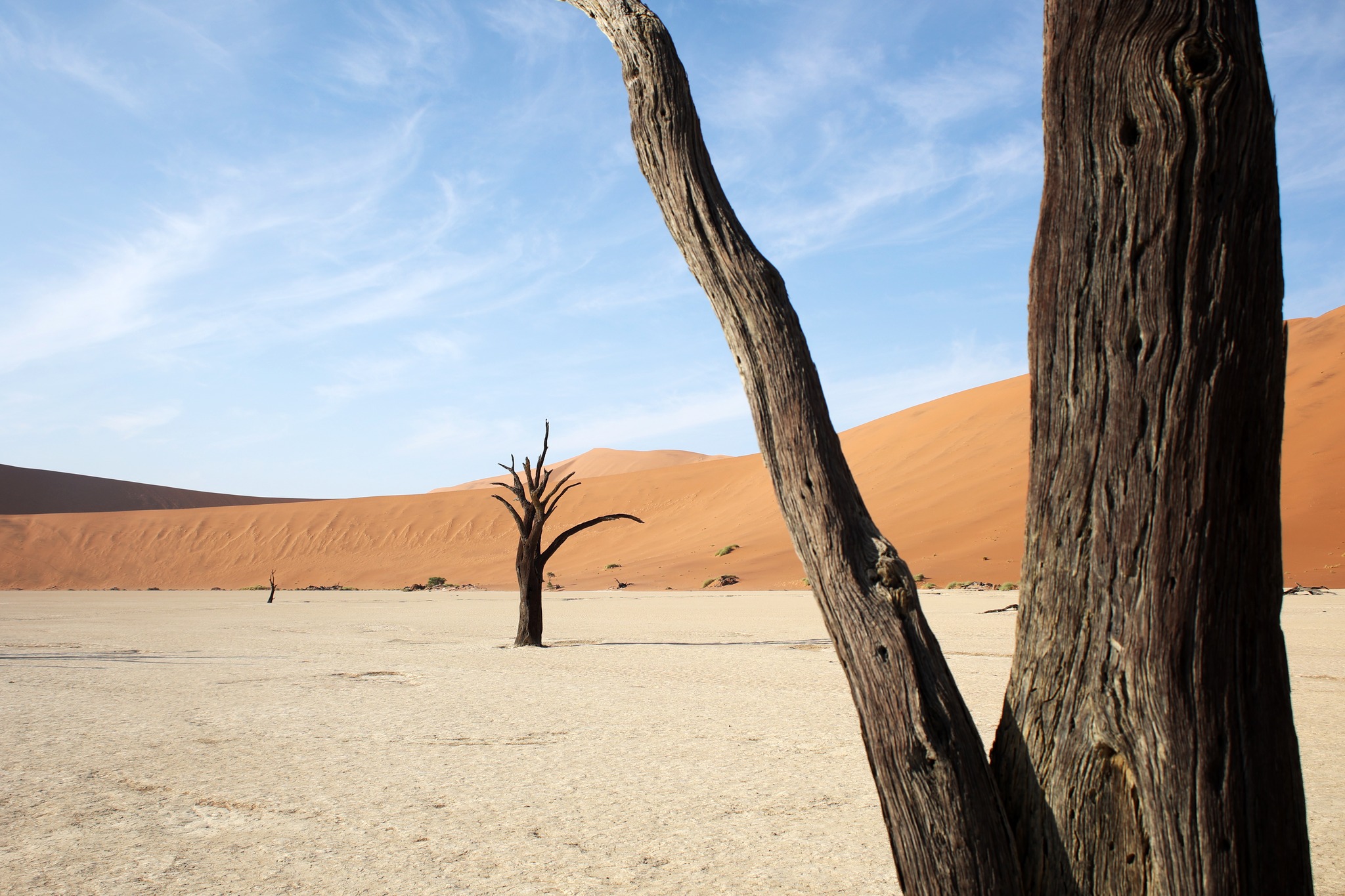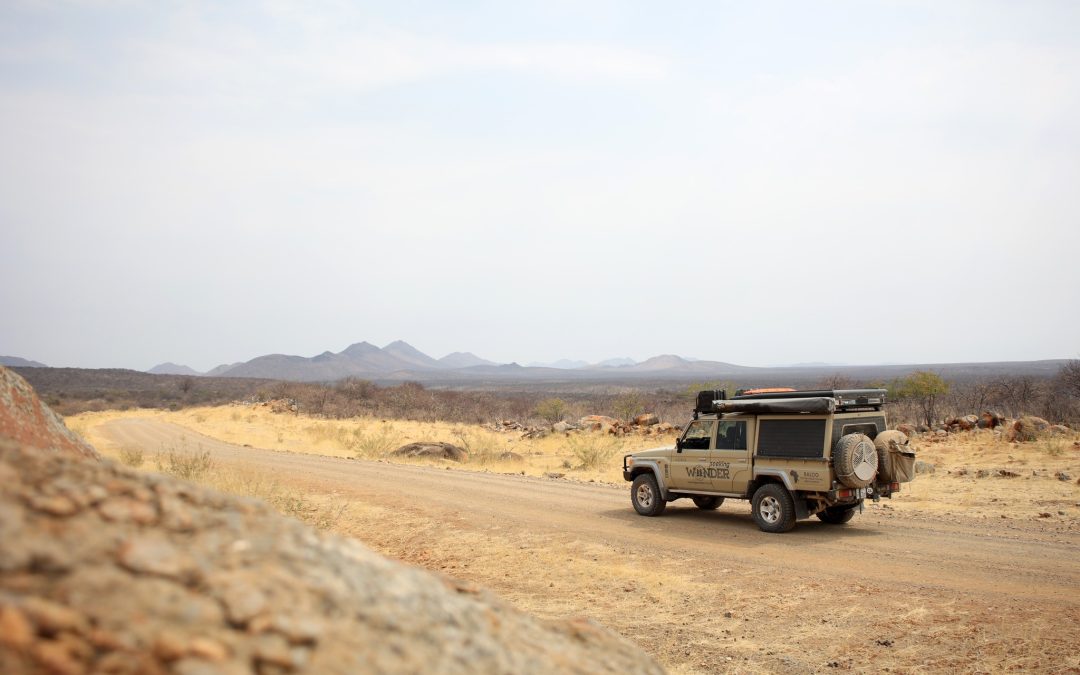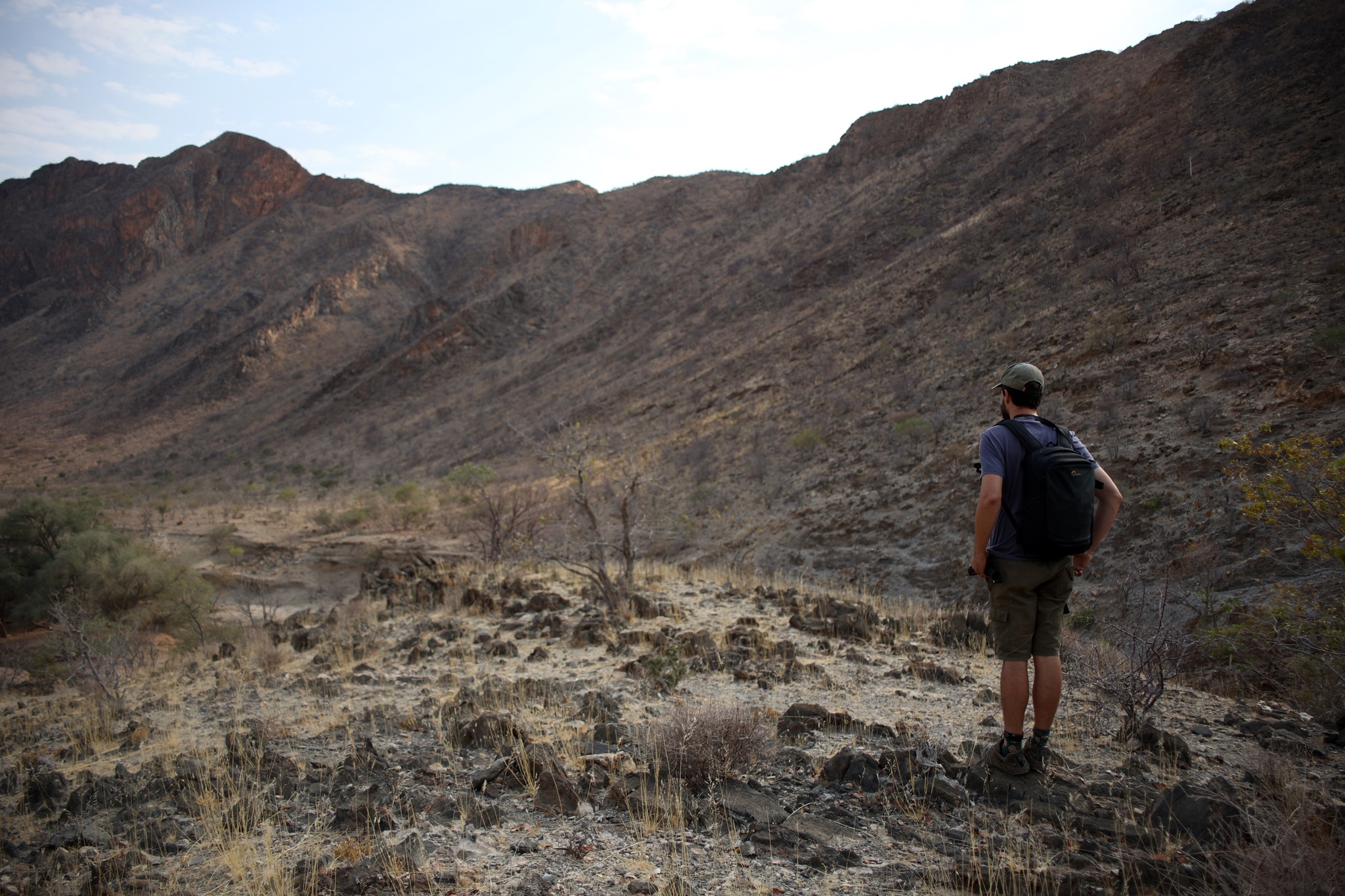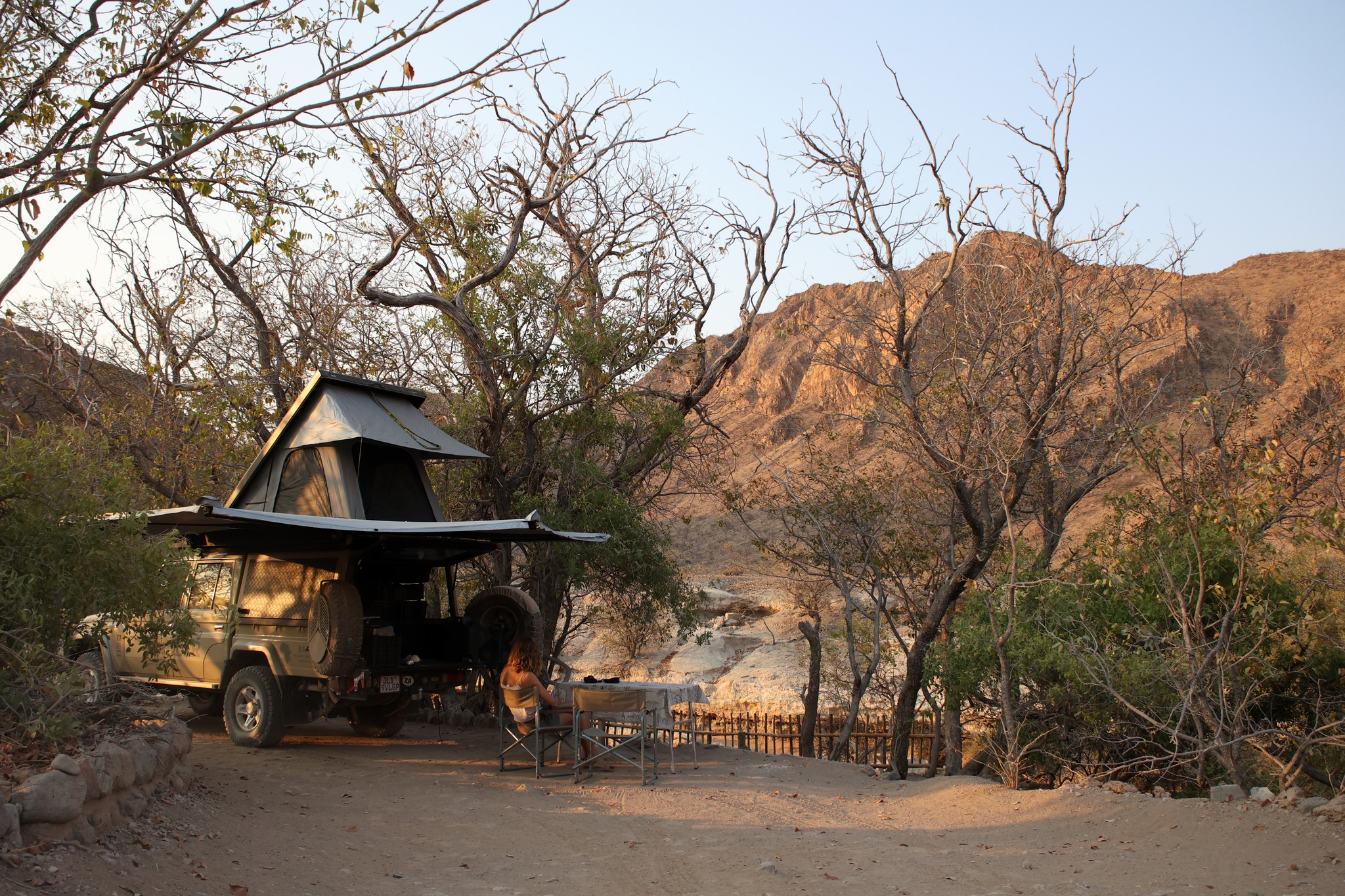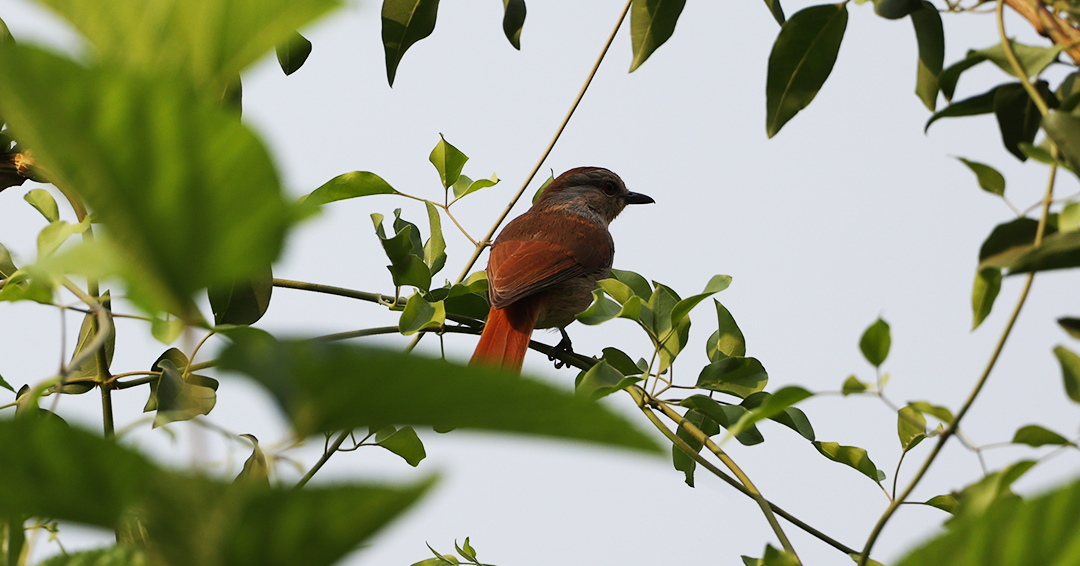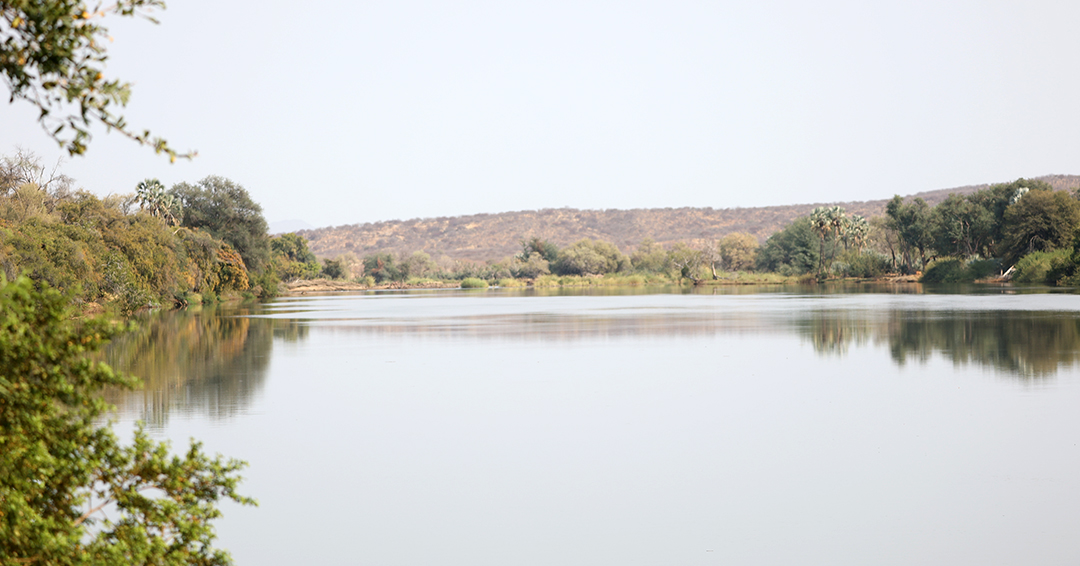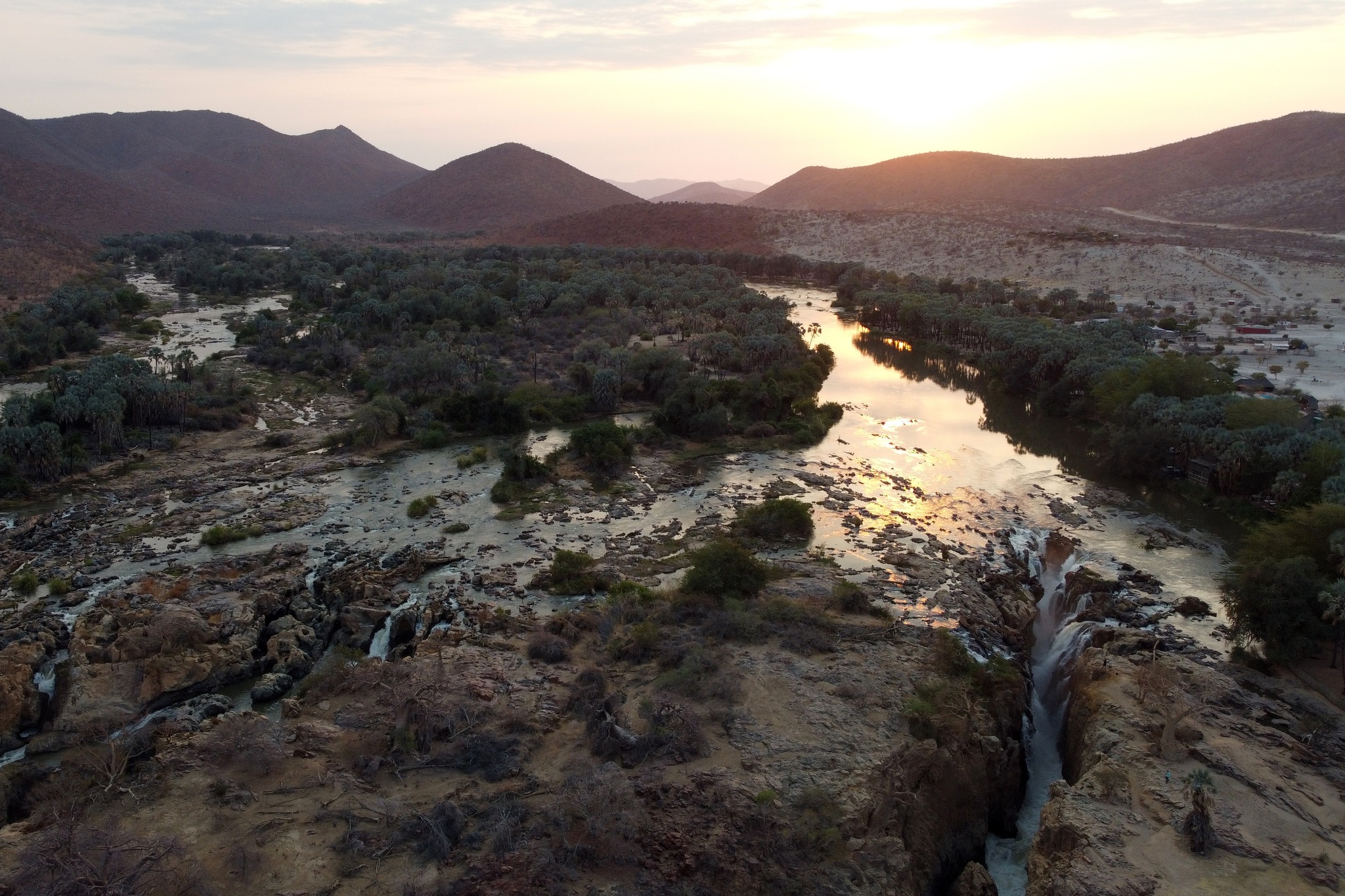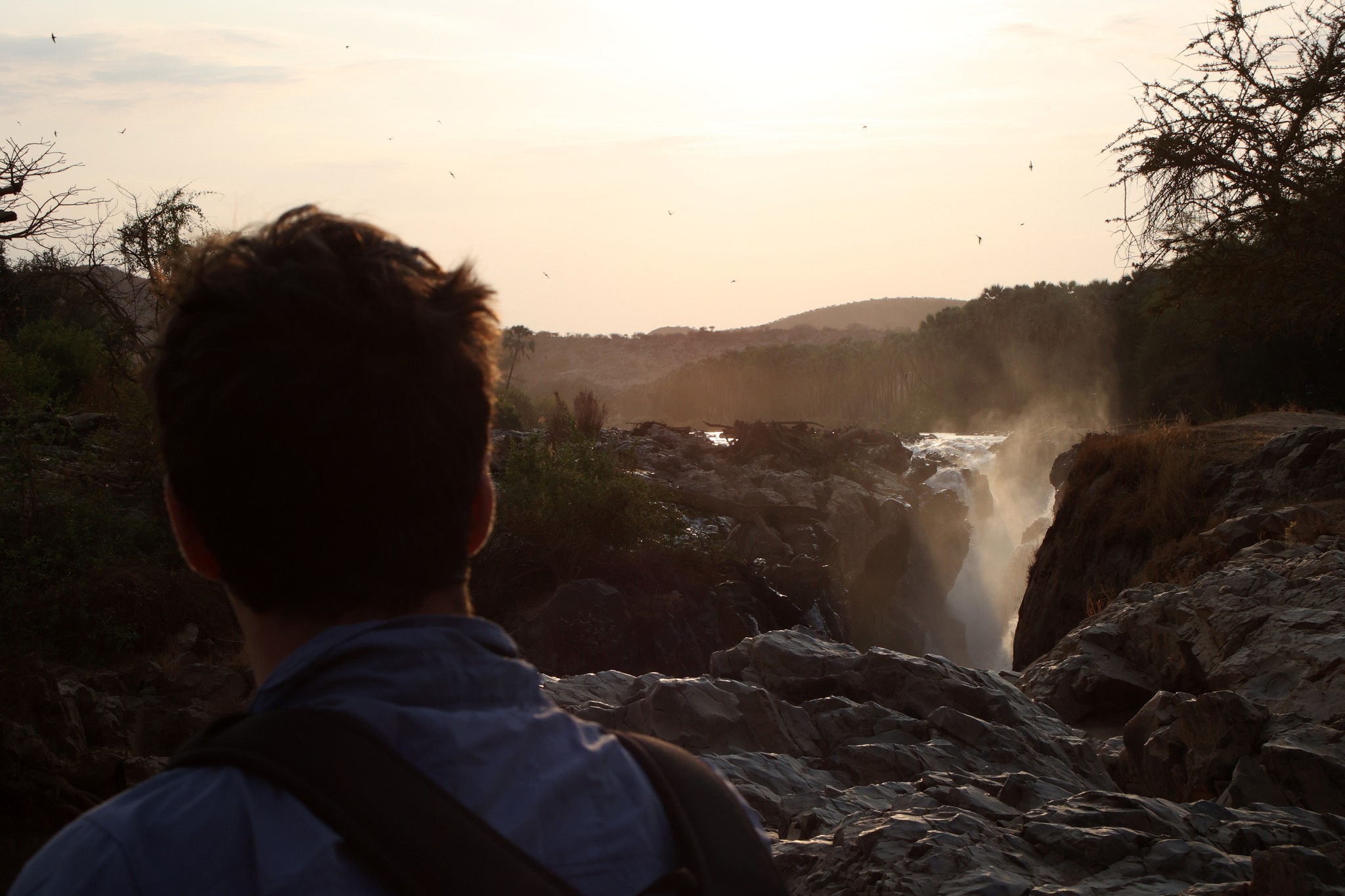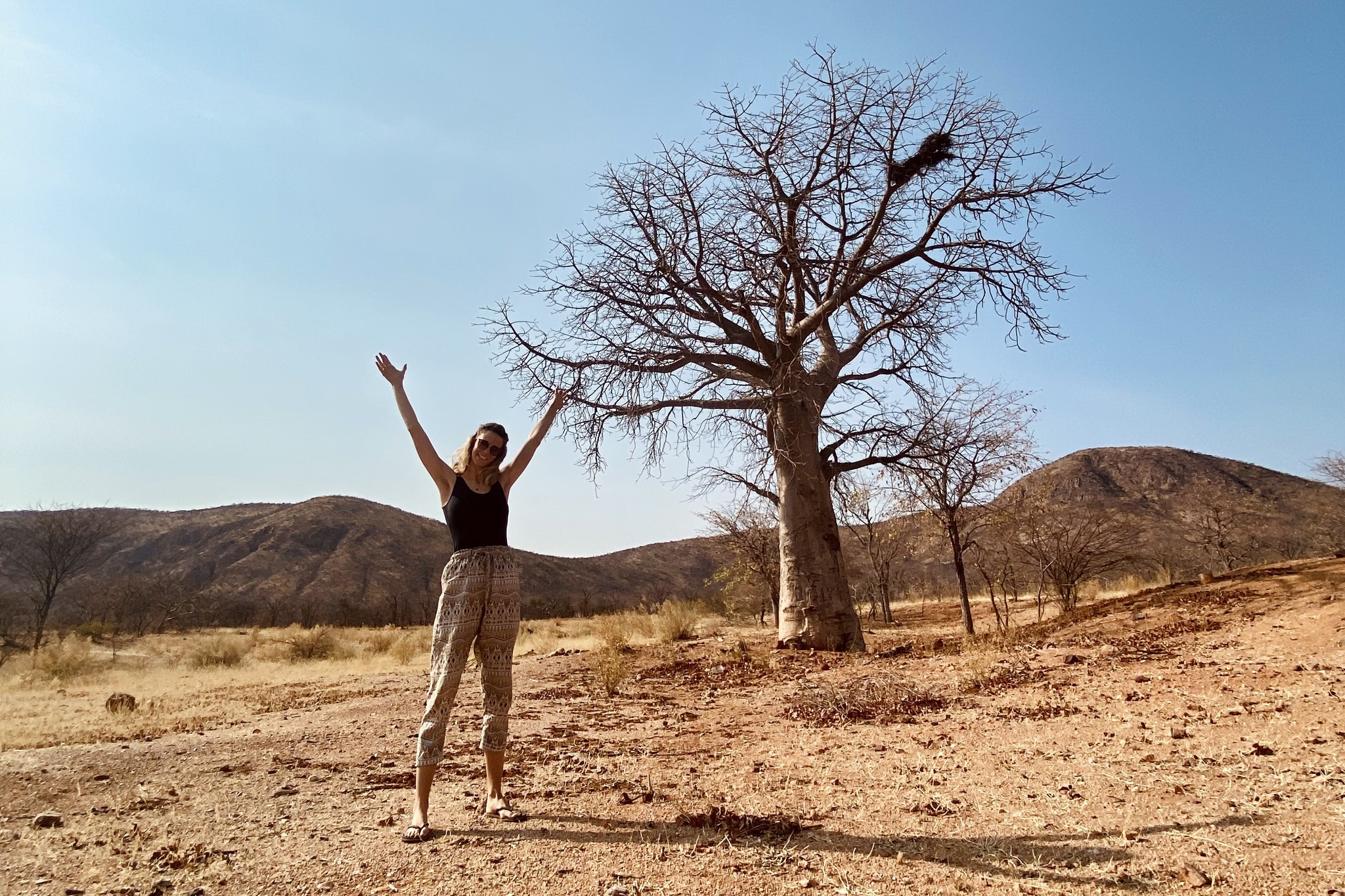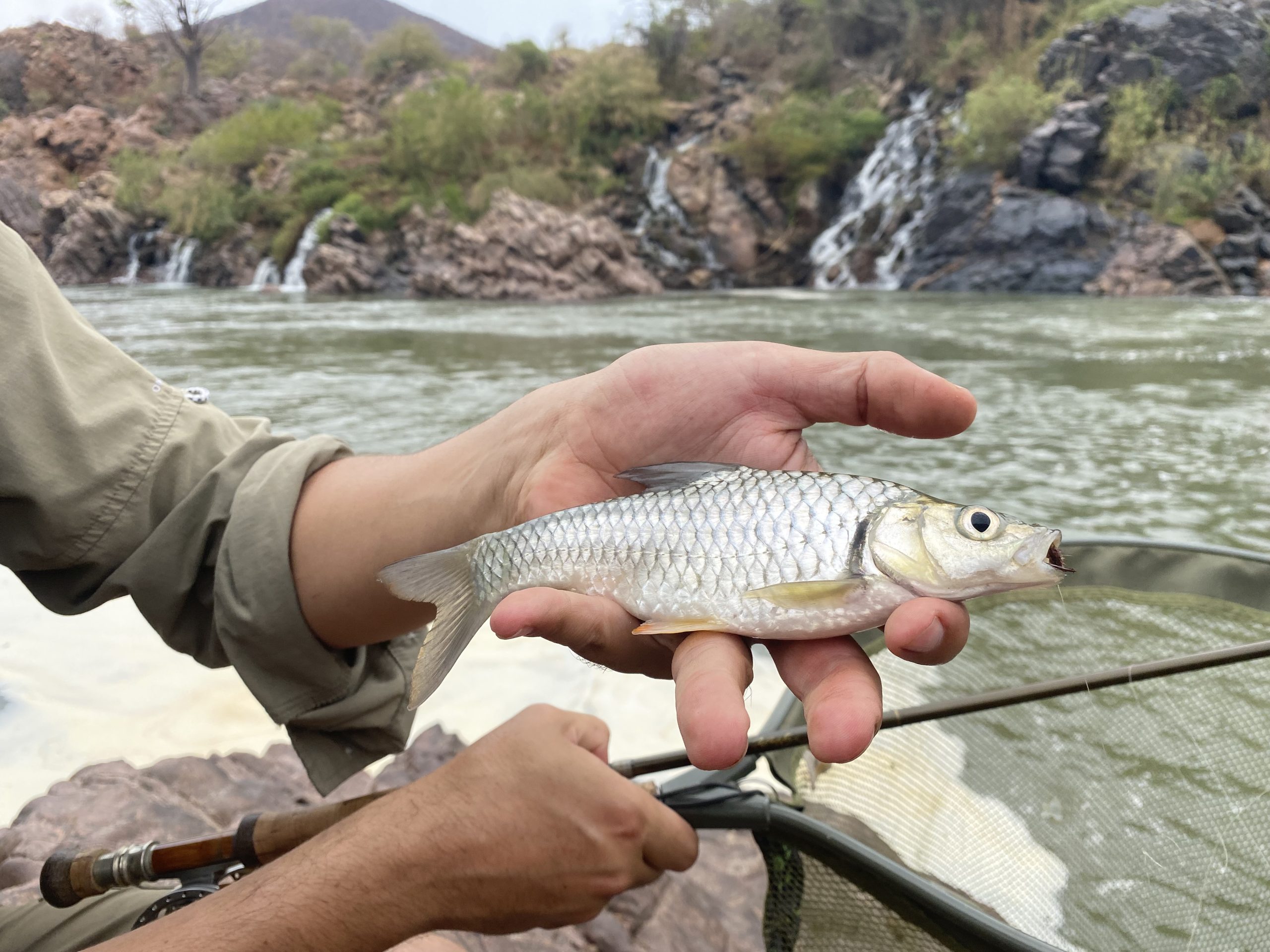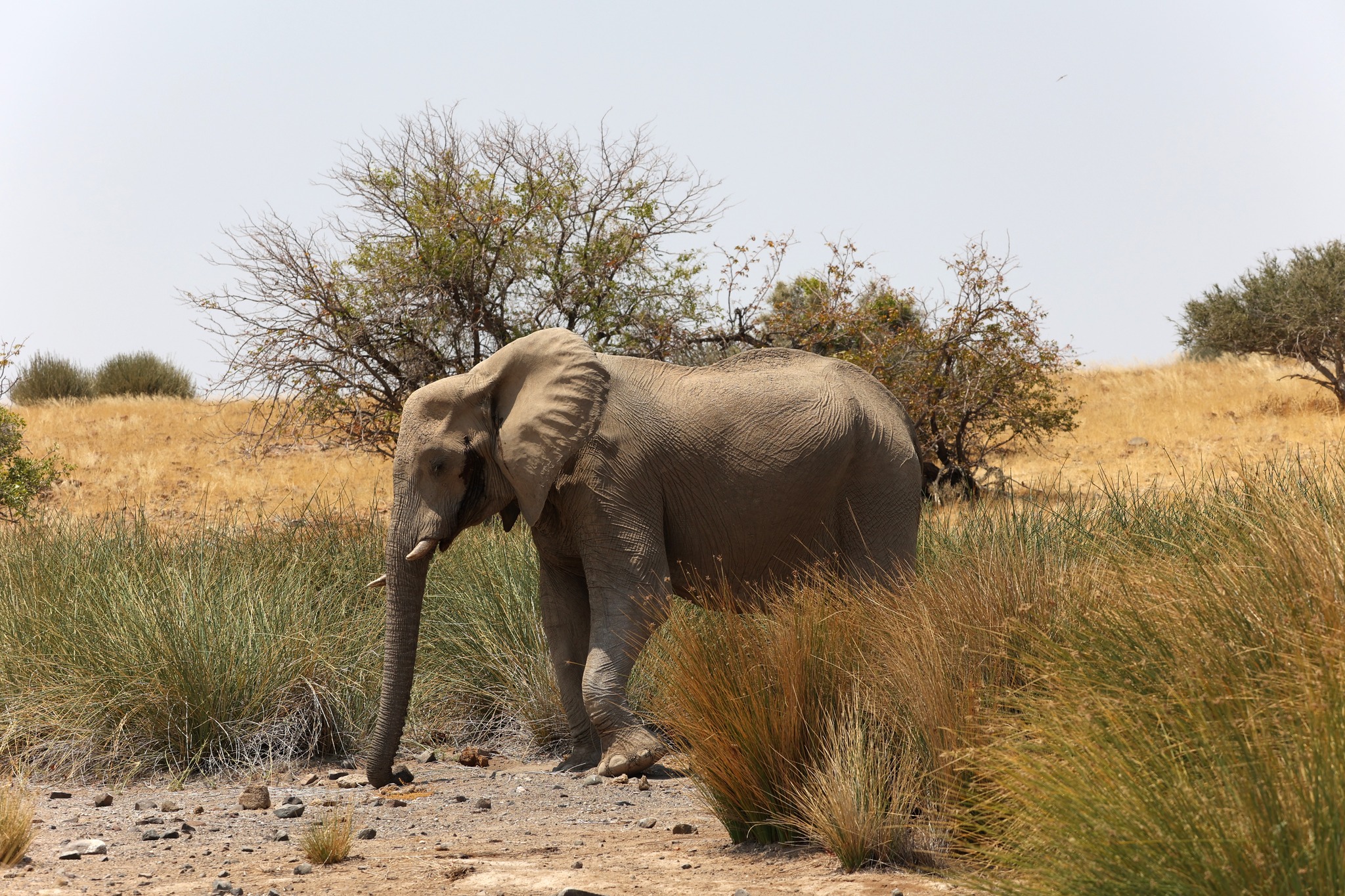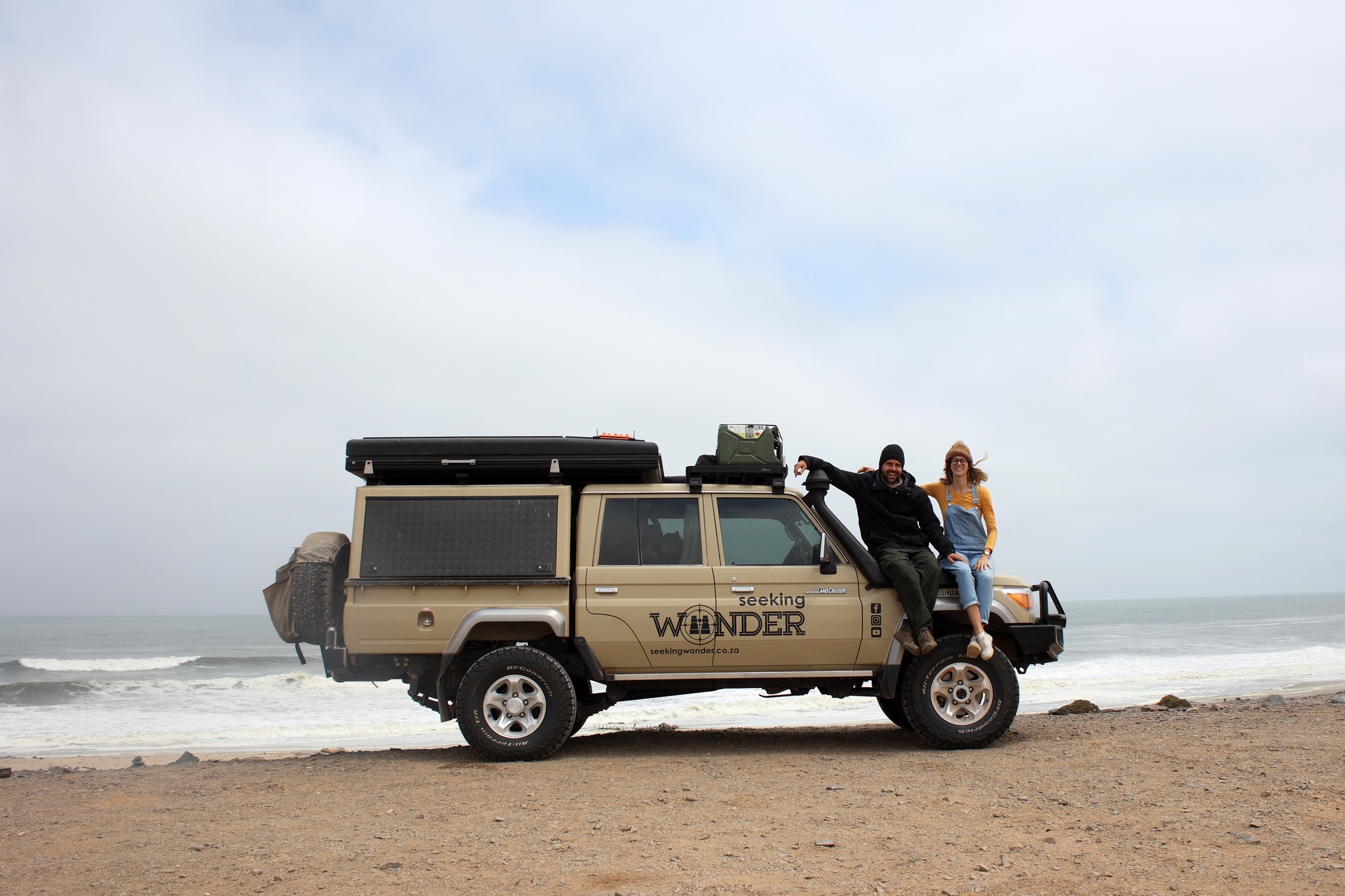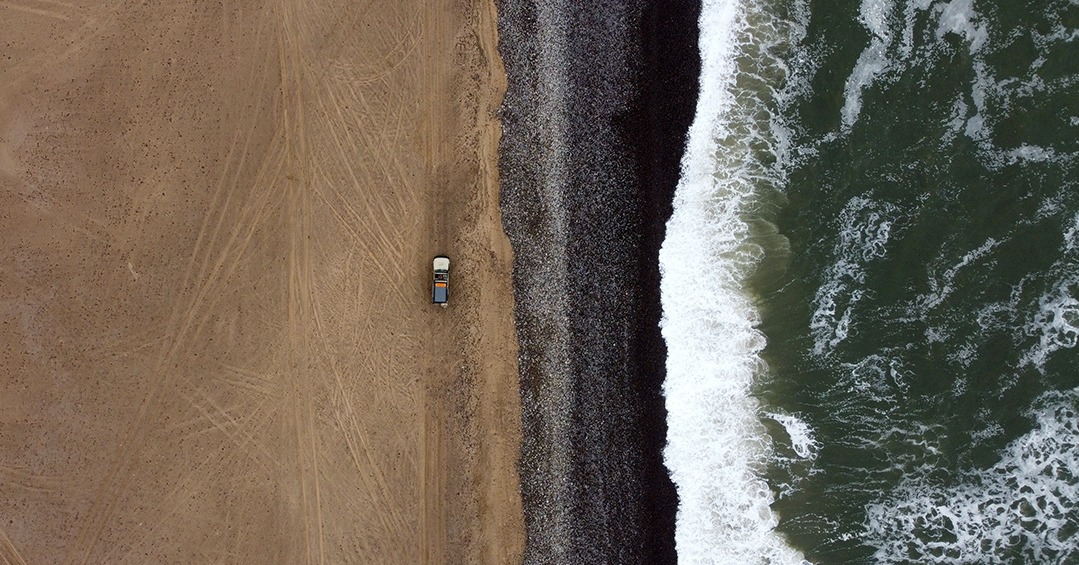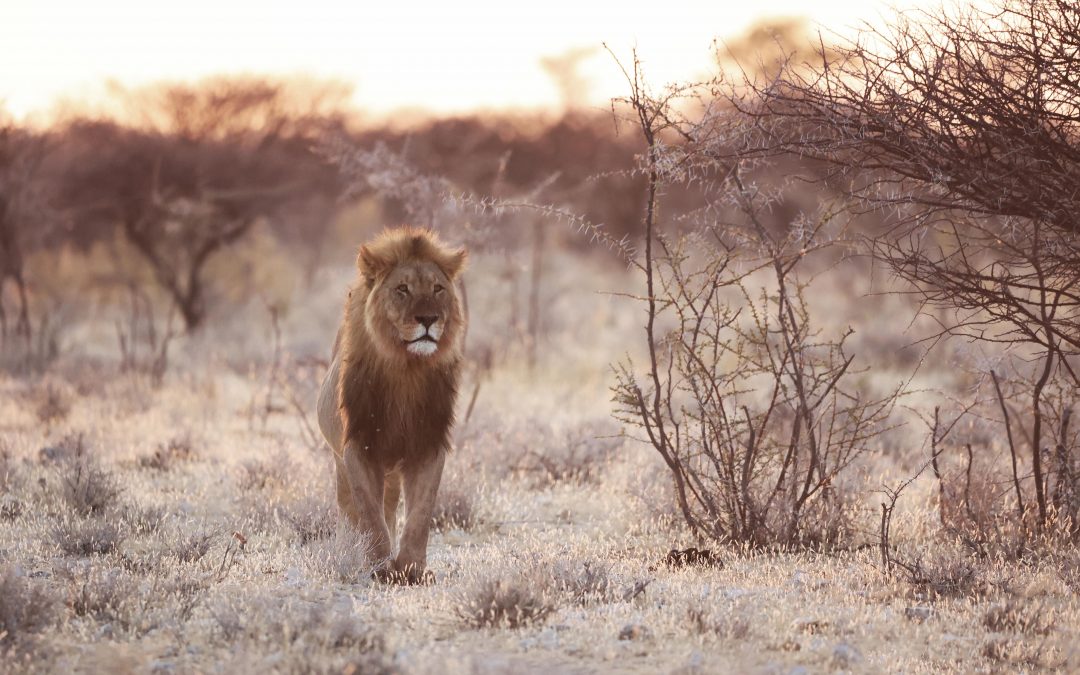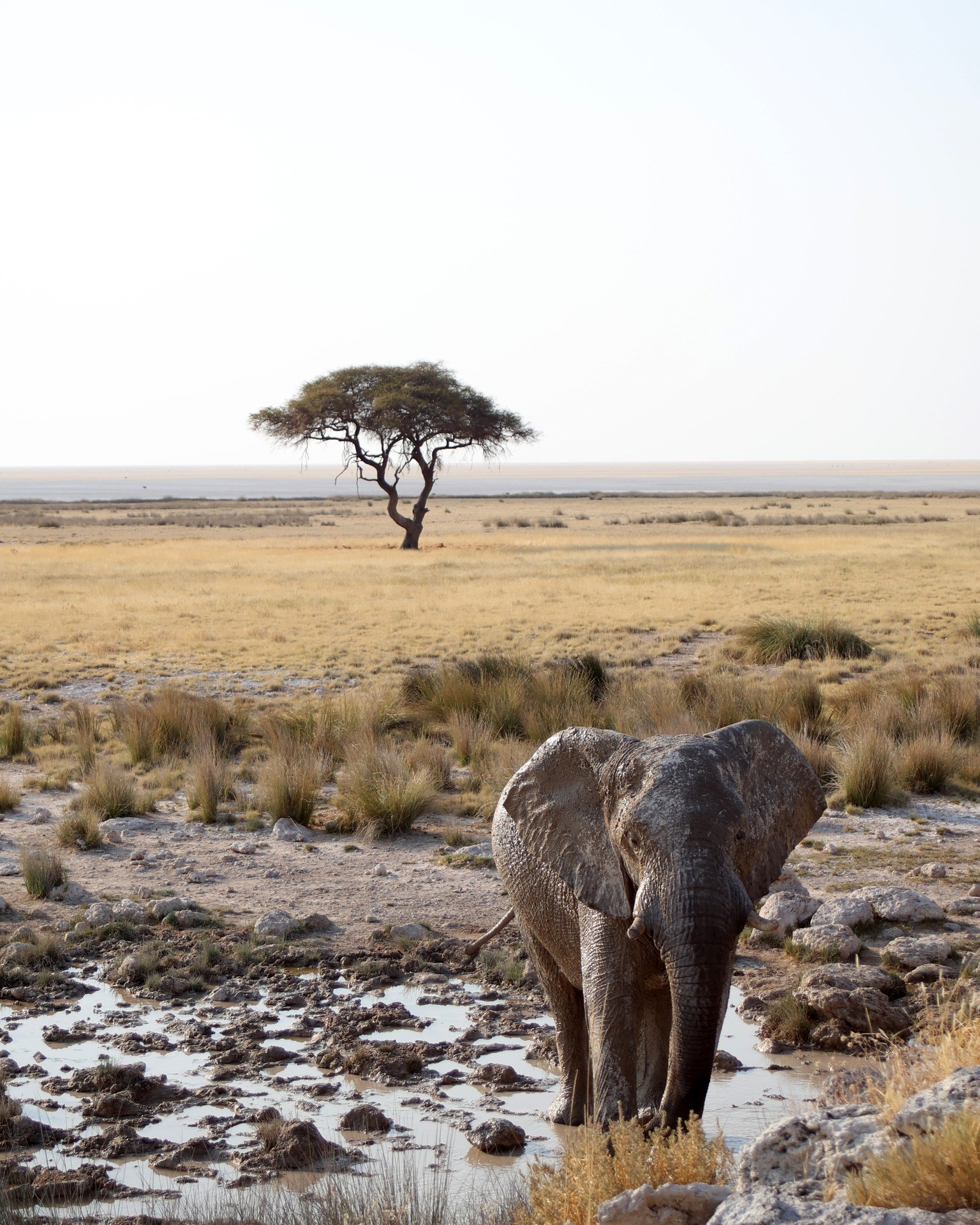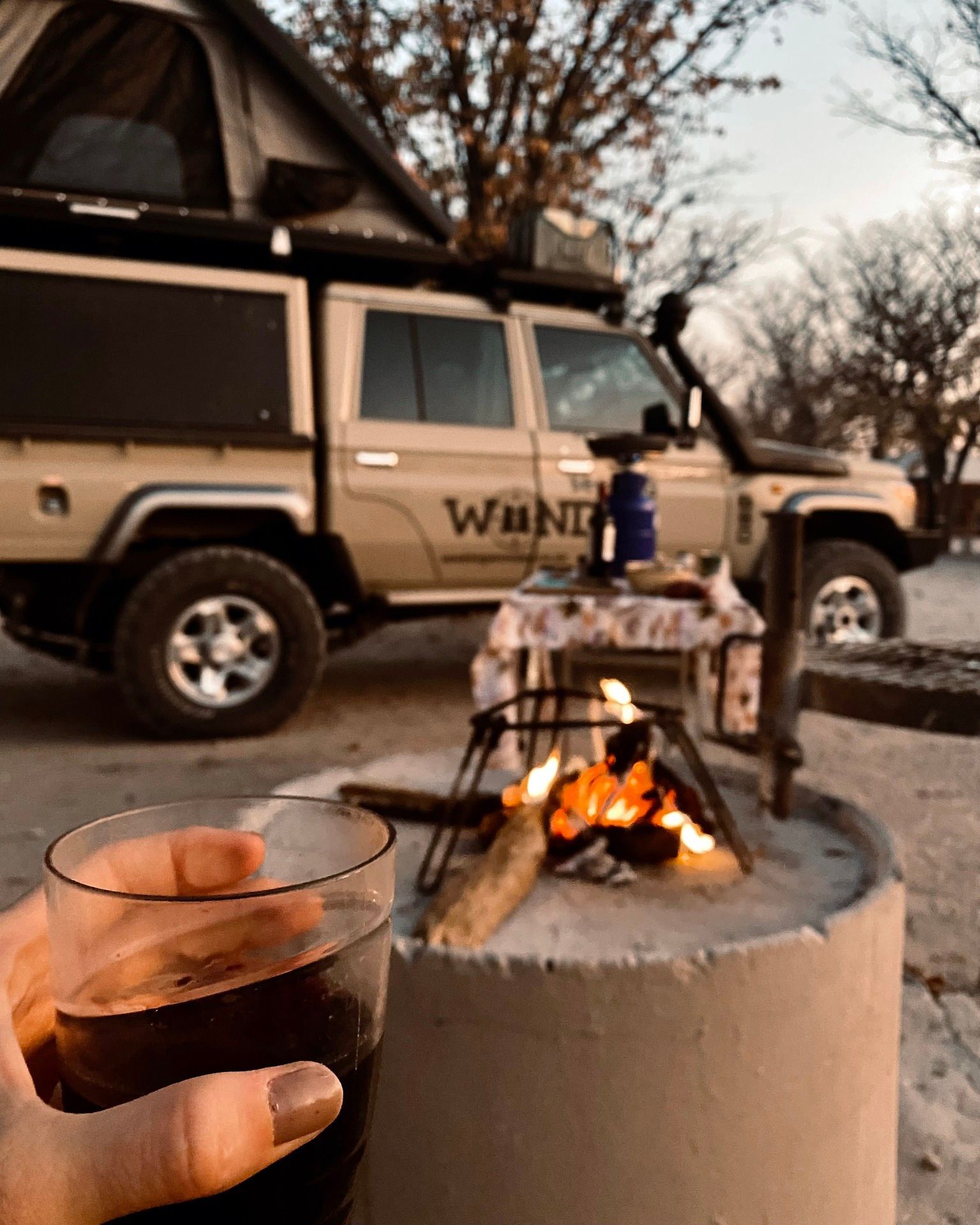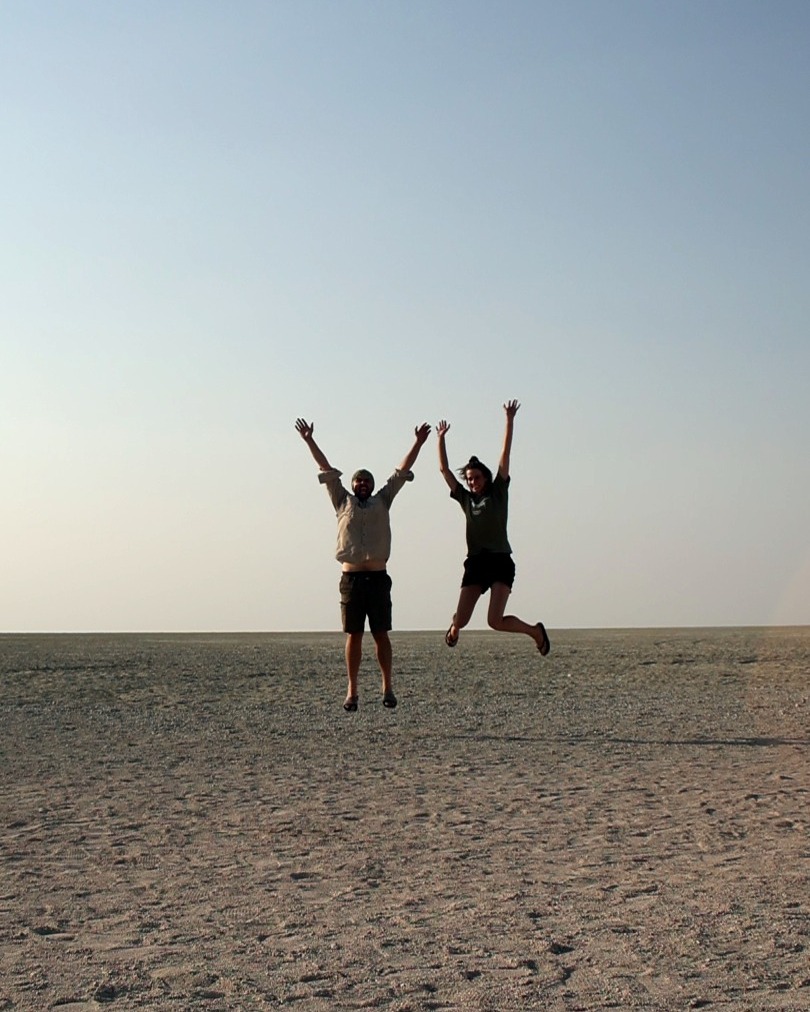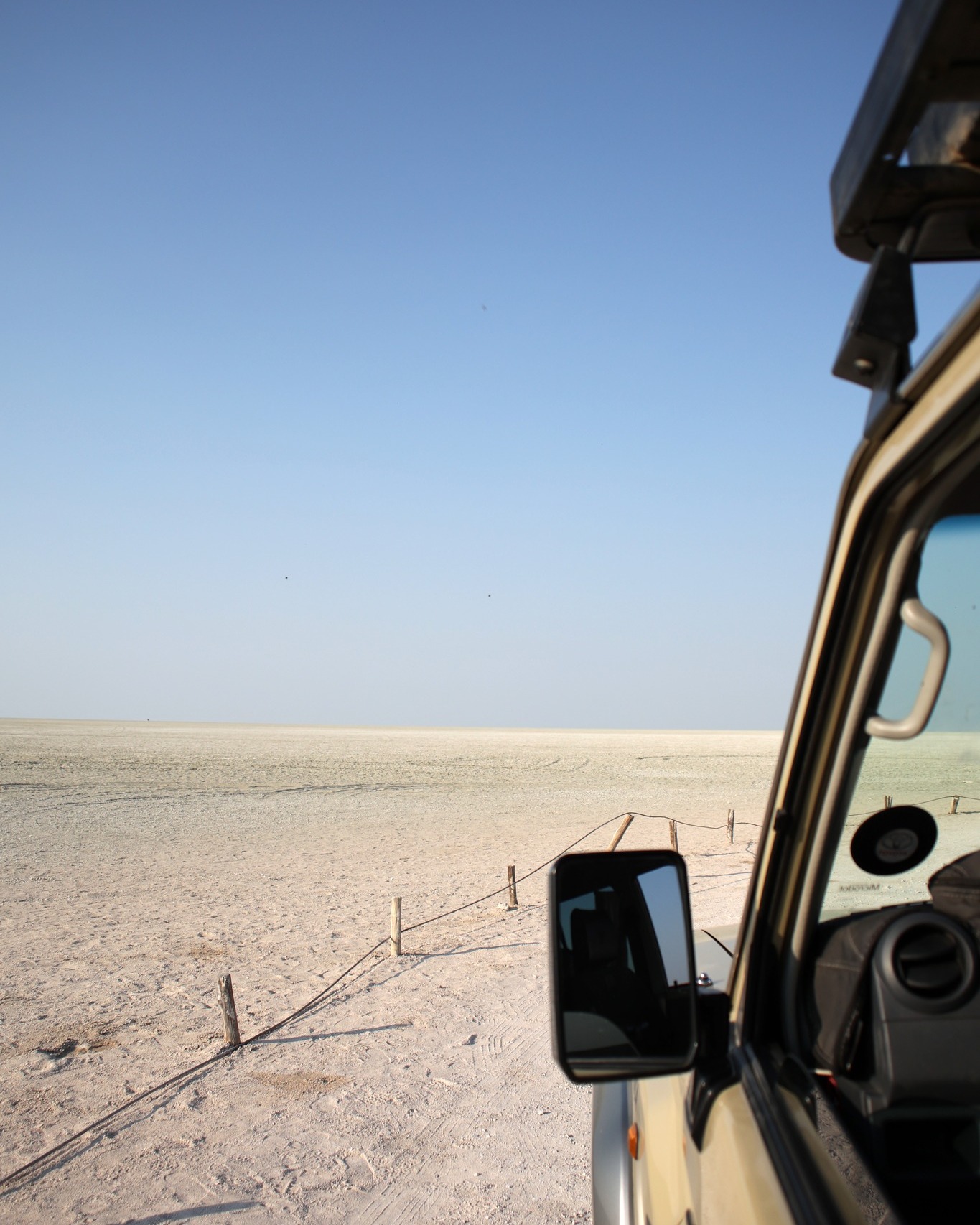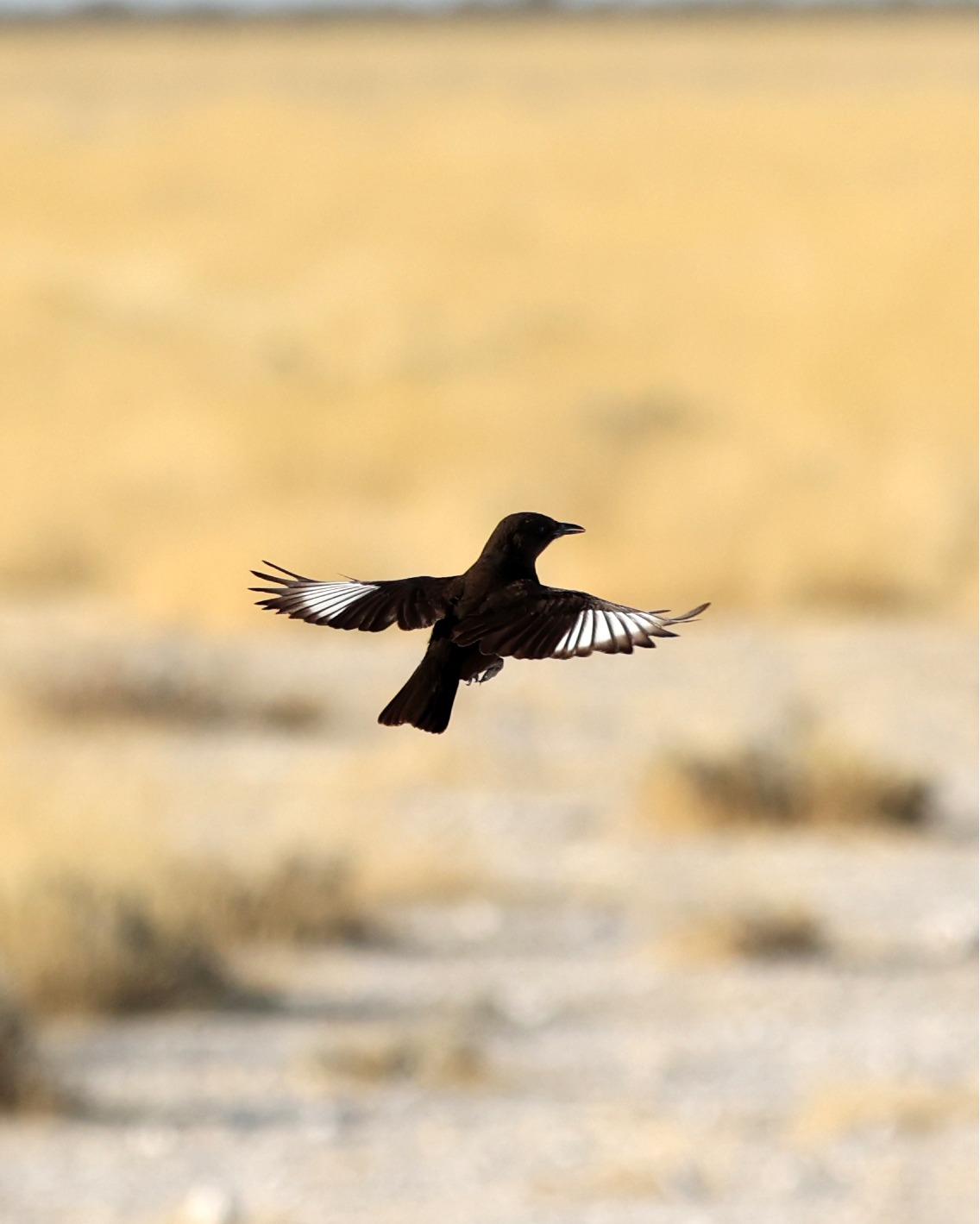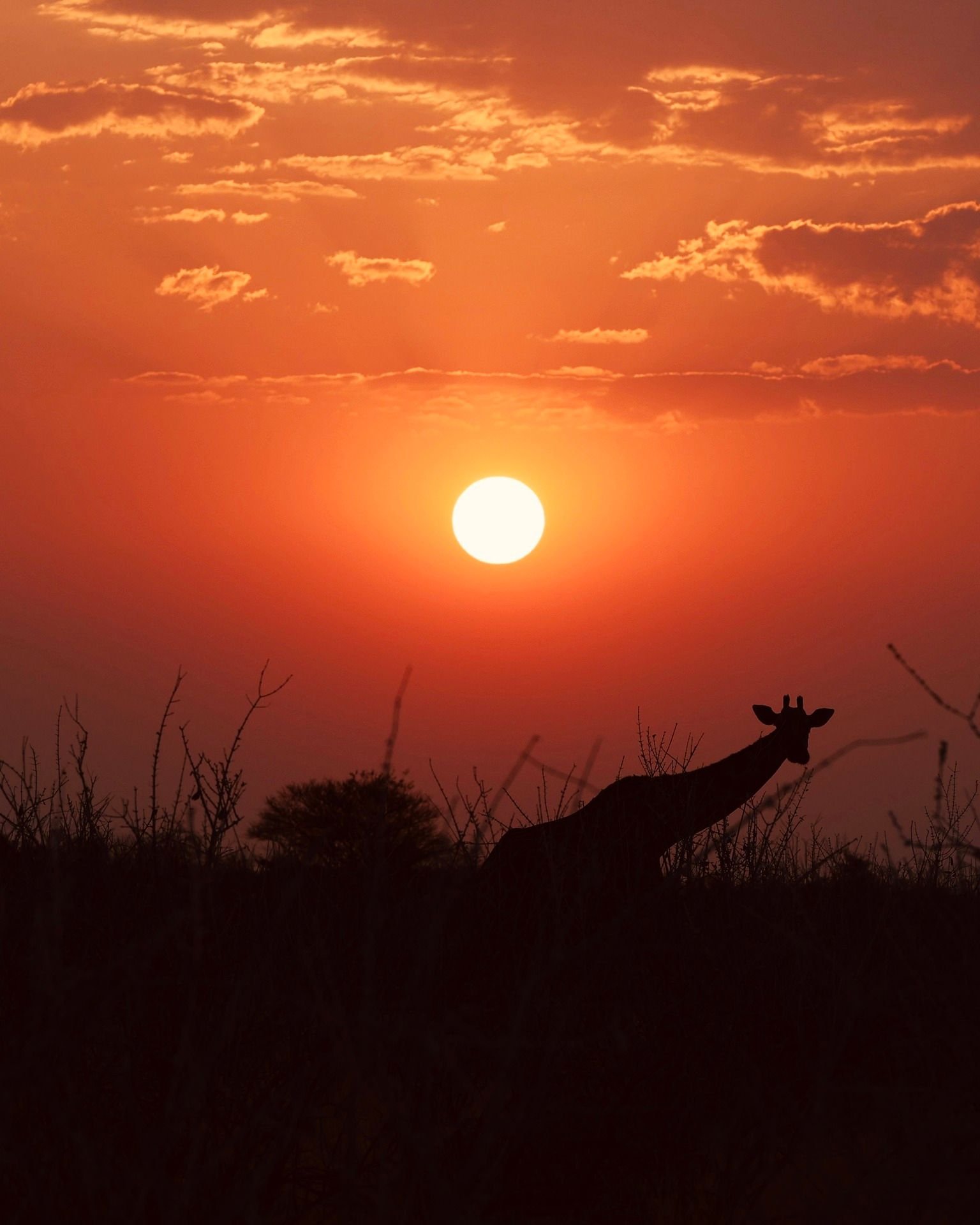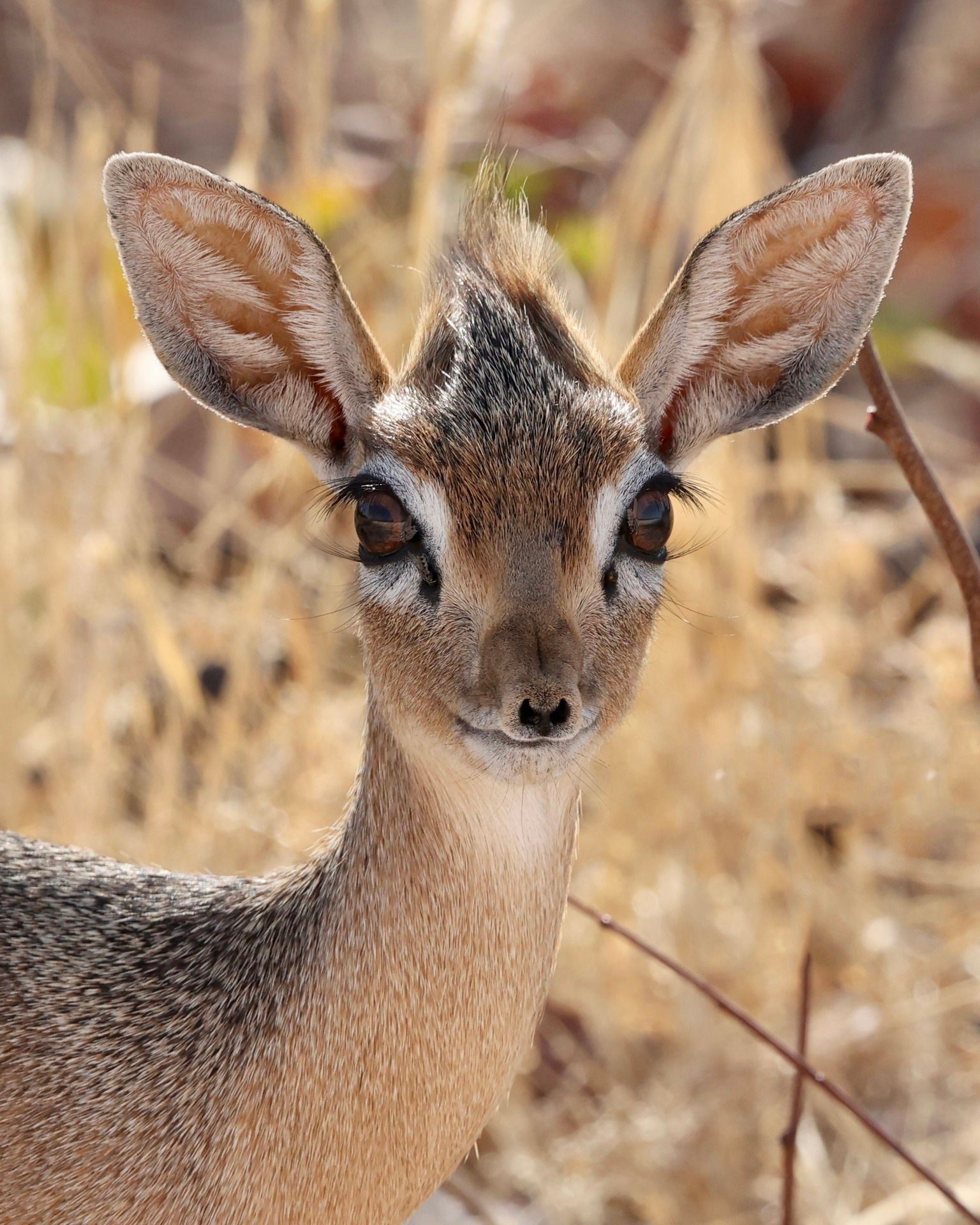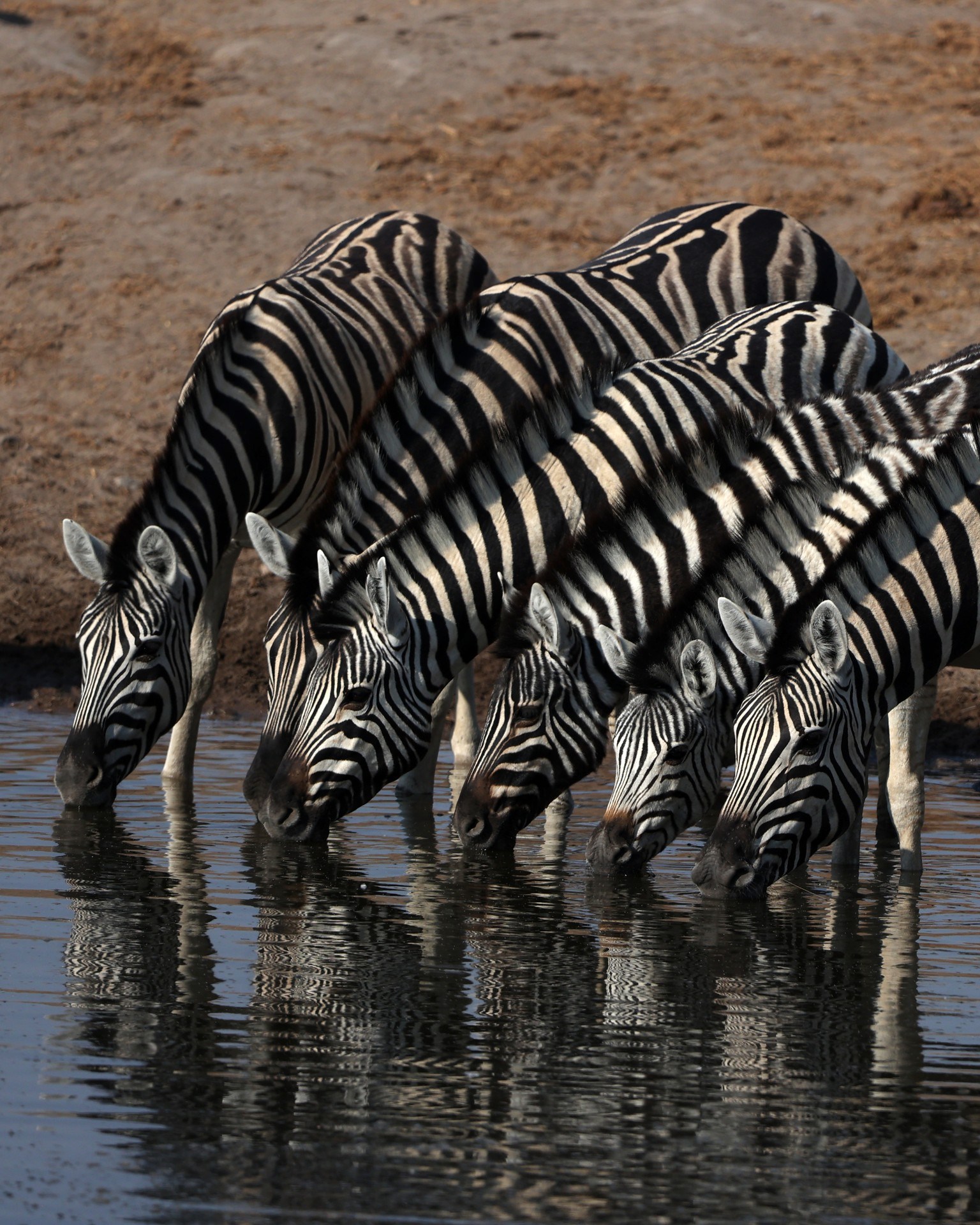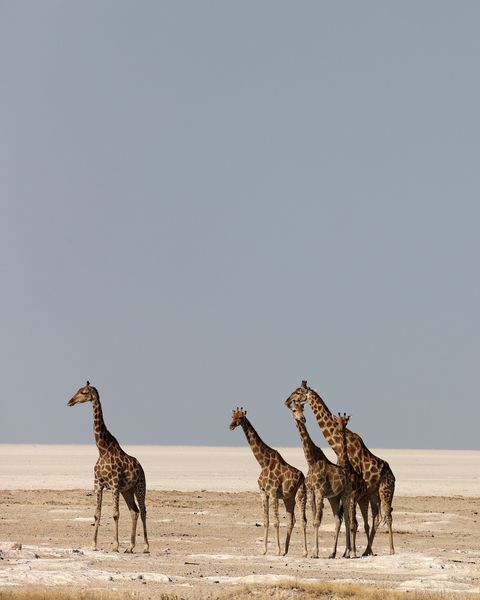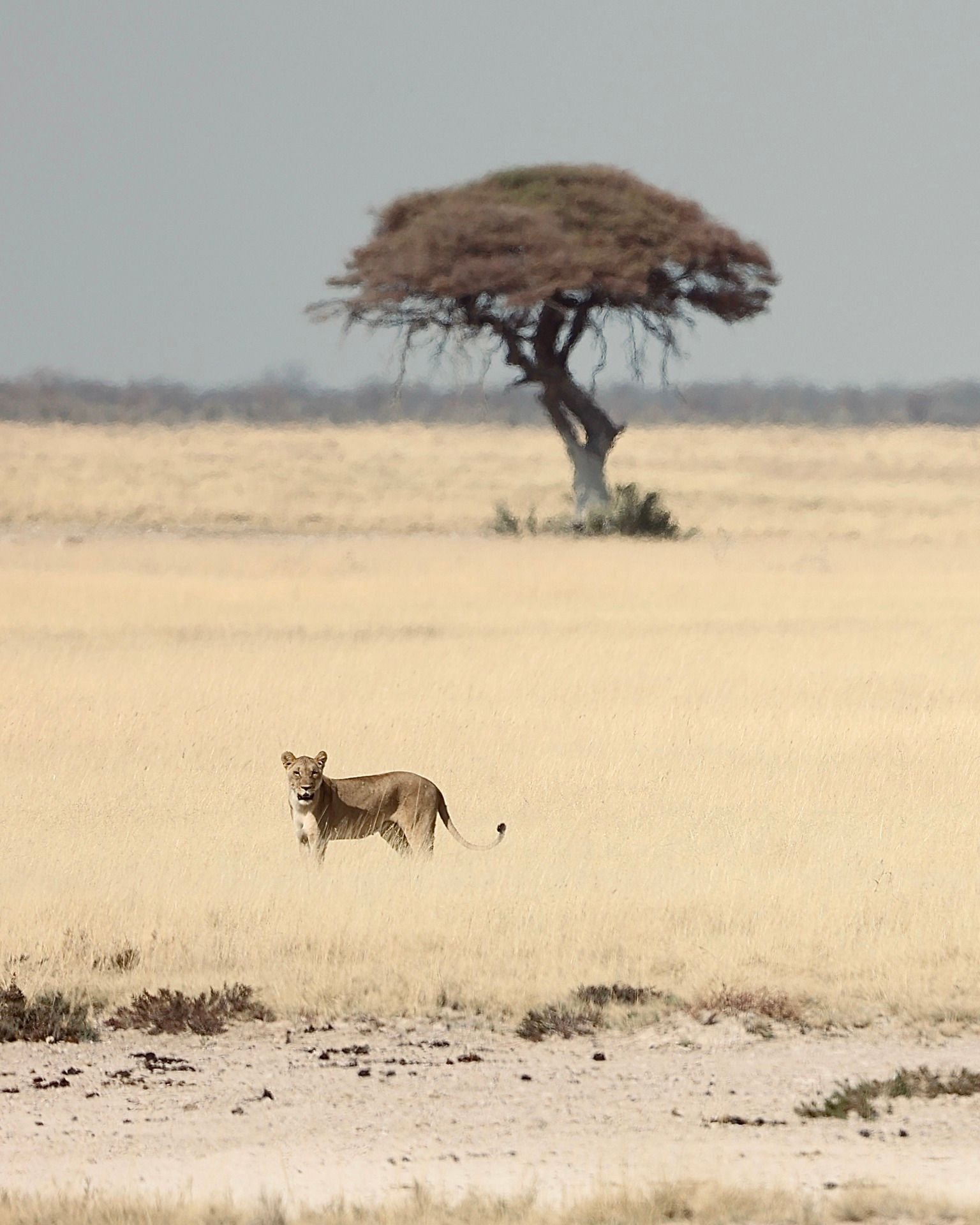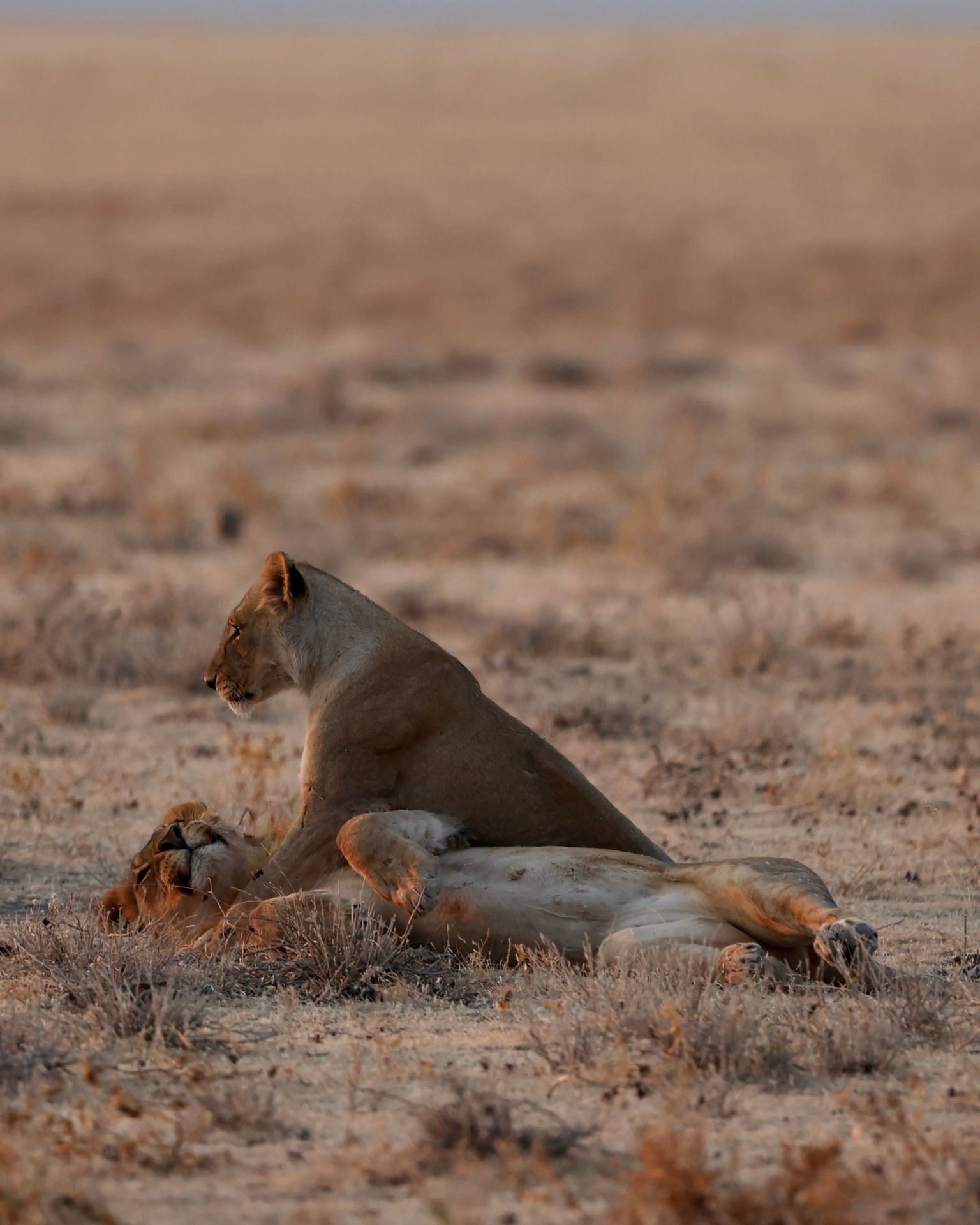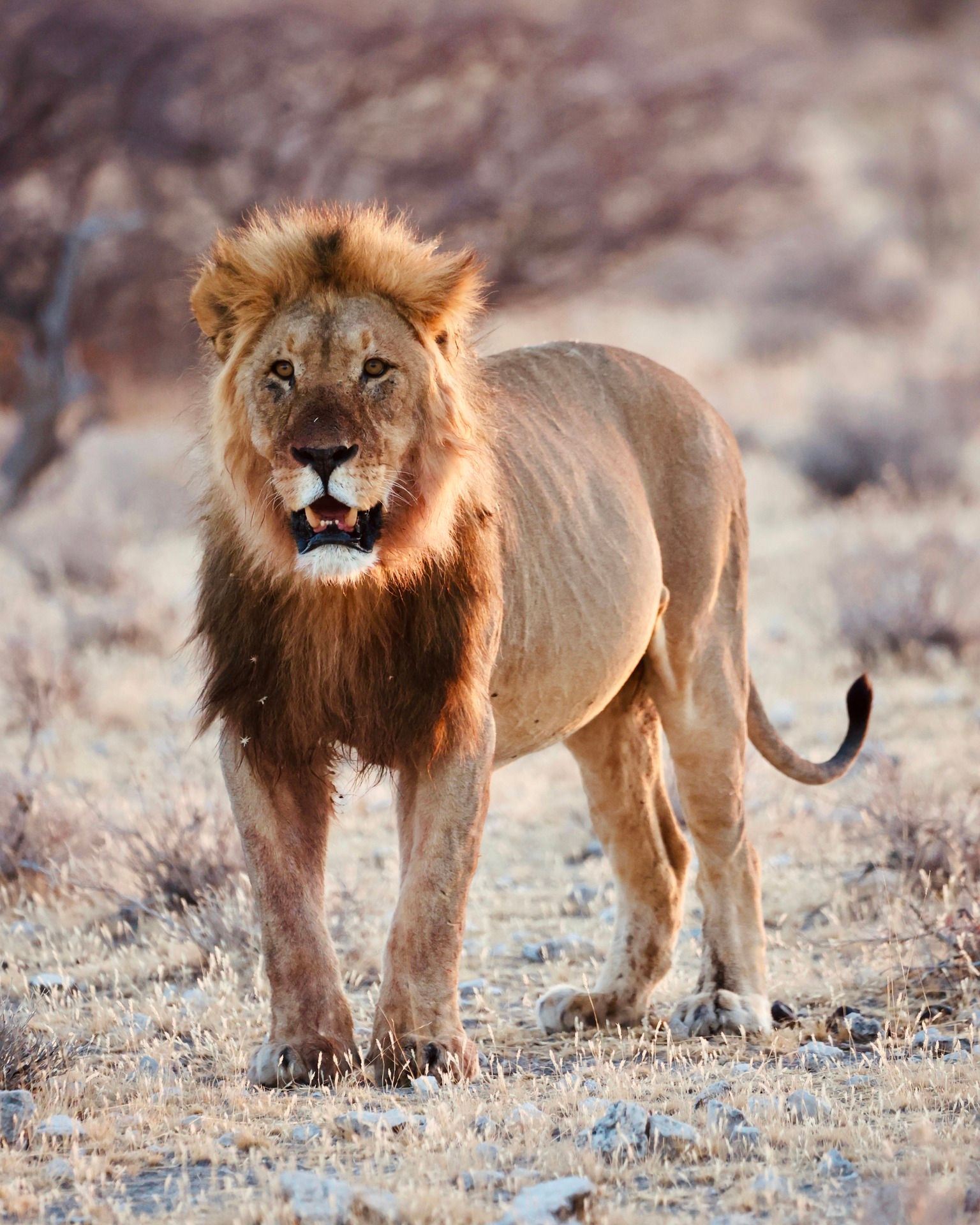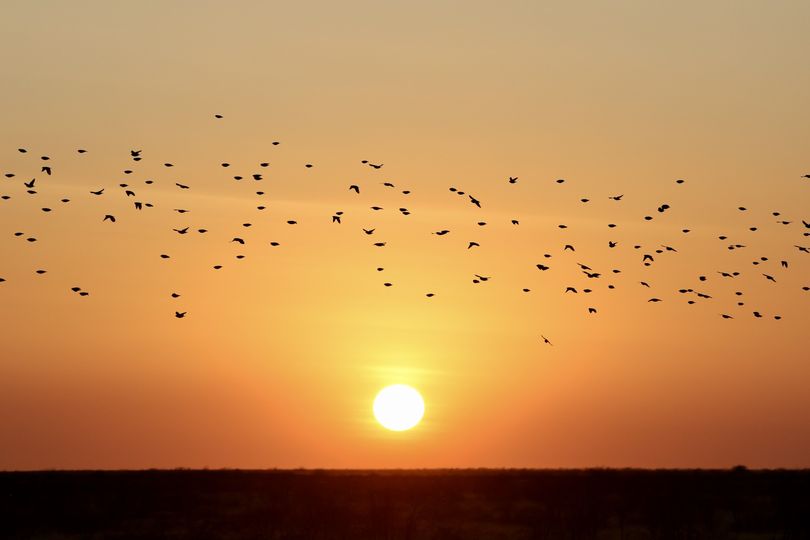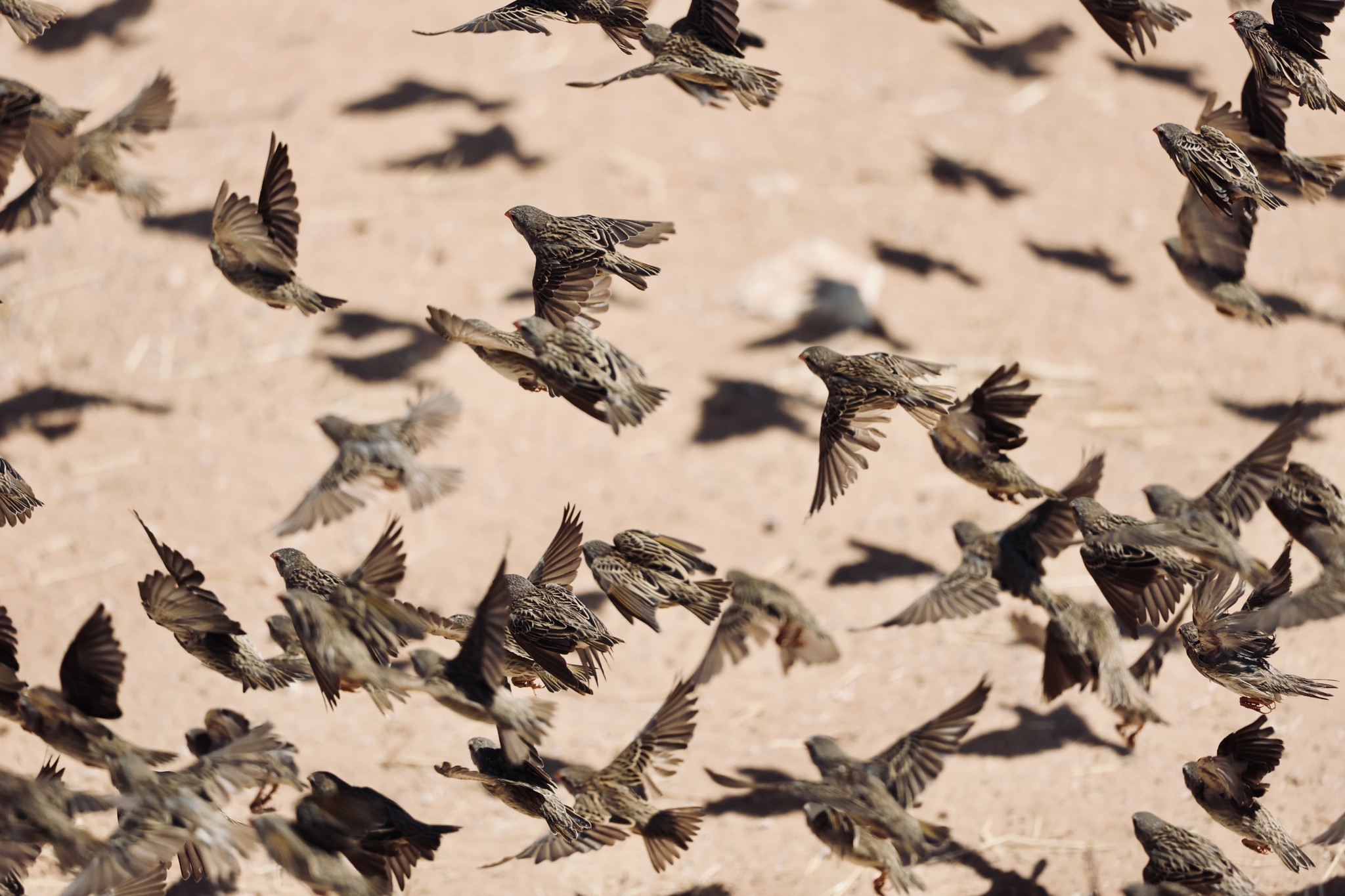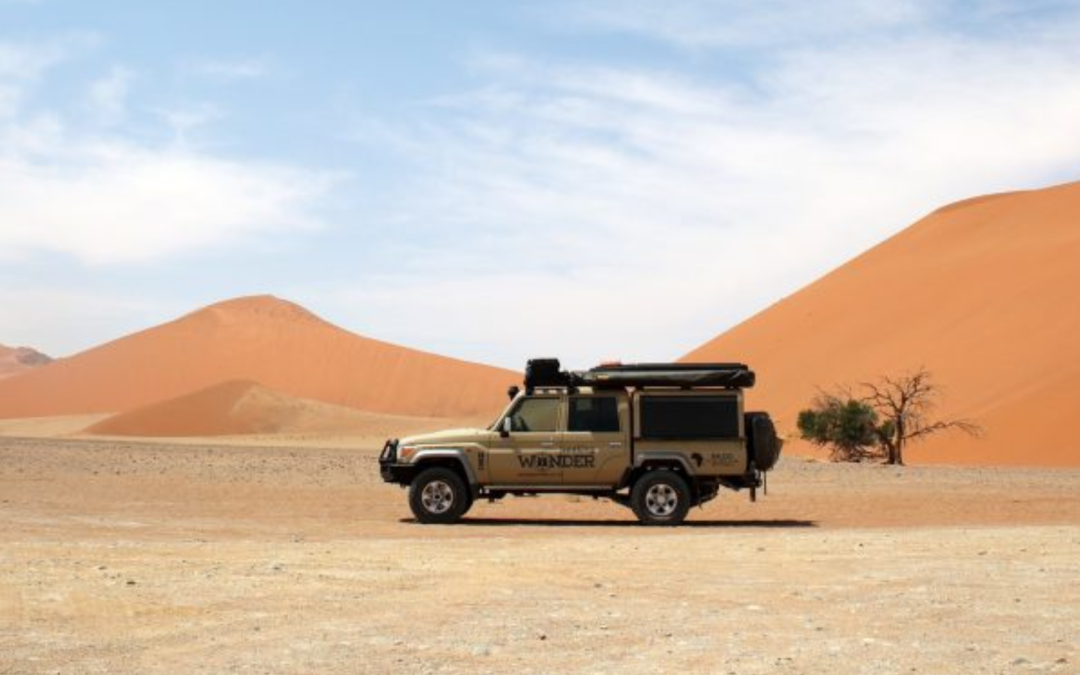
A desert dessert
After two whole months, our Namibian overlanding adventure was nearing its end. But just as a glorious five-course meal is not complete without a sweet dessert, our expedition still had a last hurrah to look forward to: the Namib desert and its immediate surrounds! We explored it from north to south and put together our own recipe to make the perfect trip dessert from this wonderful desert.
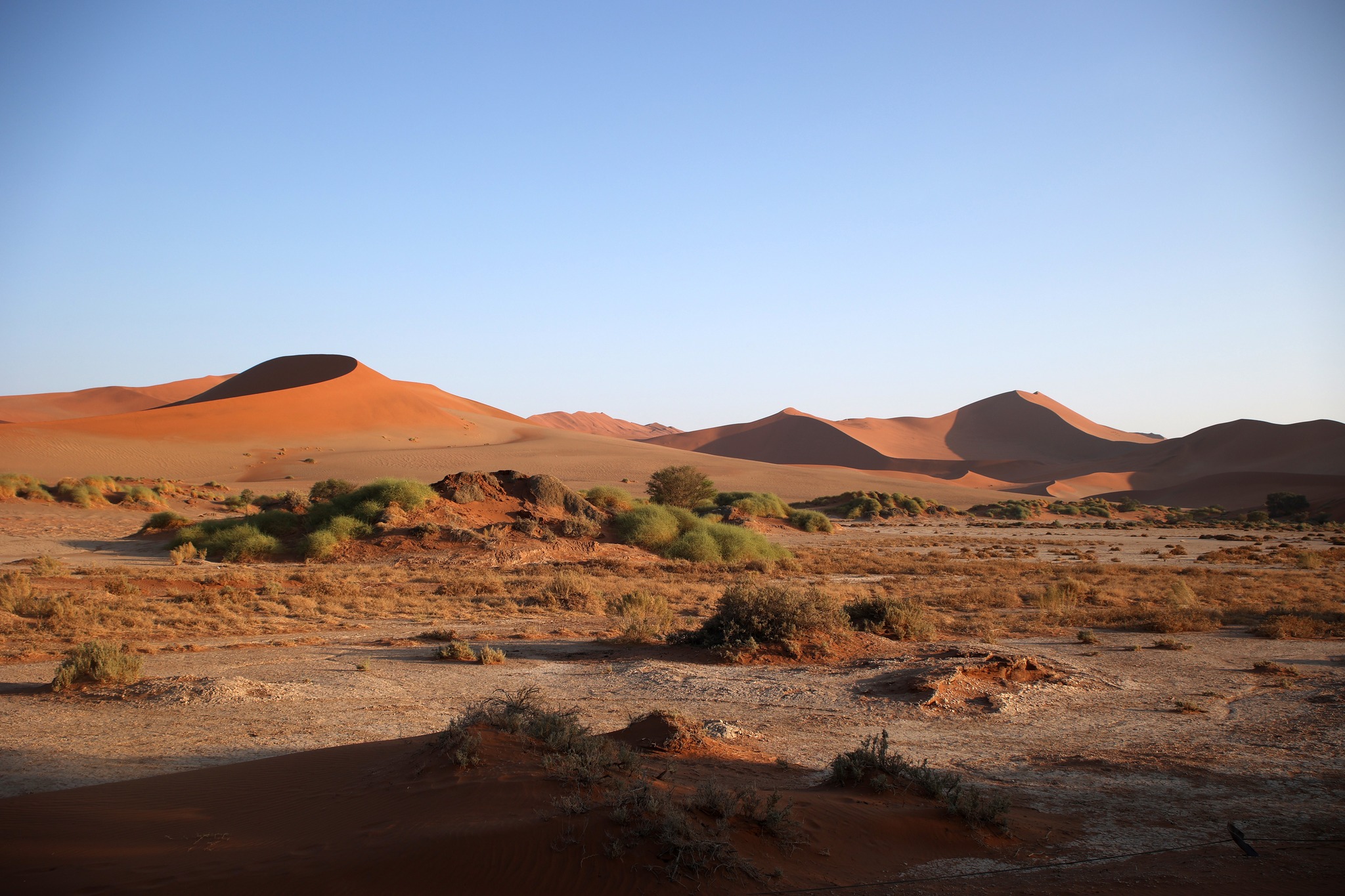
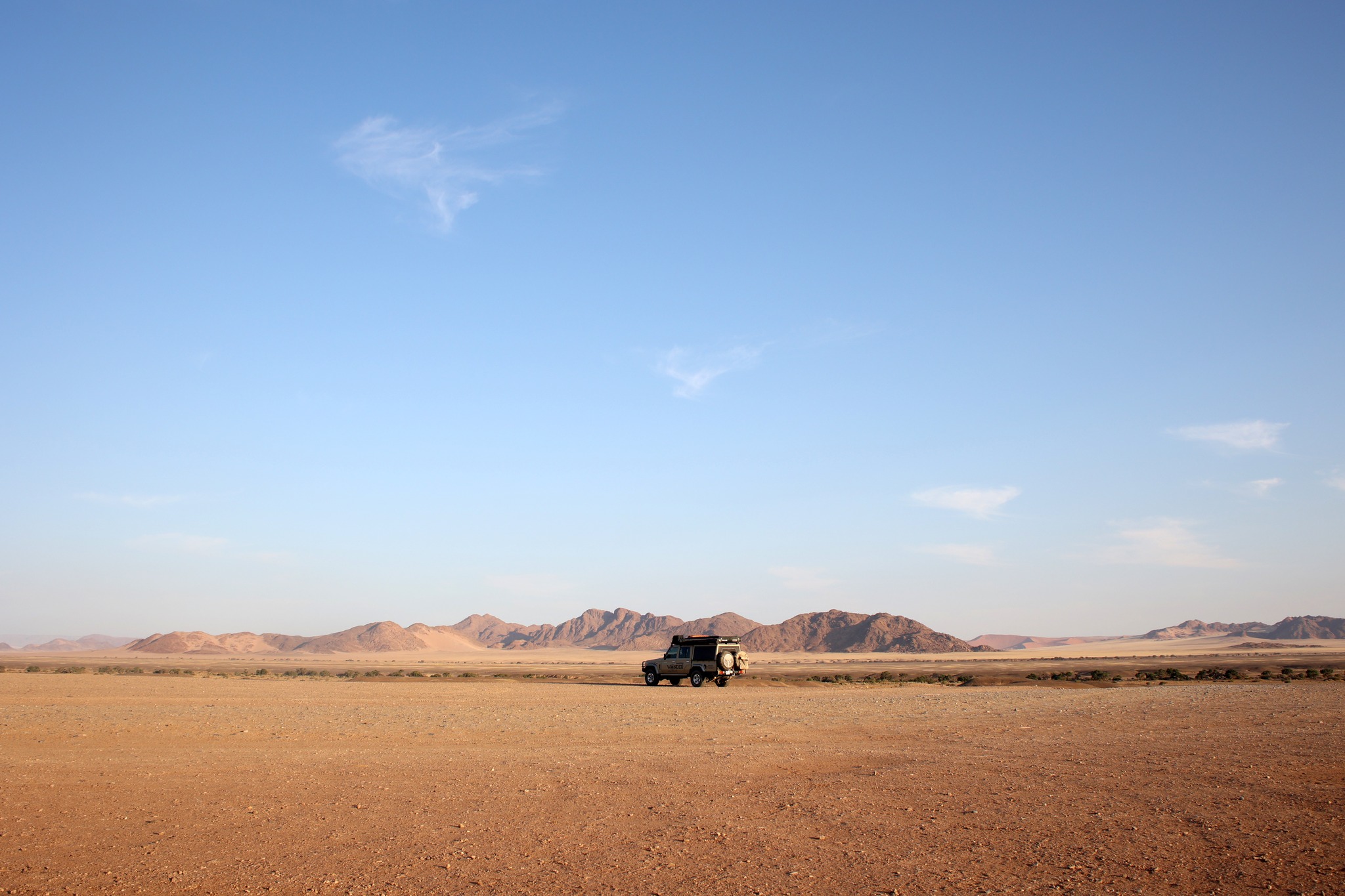
1. Start with eggs
The birdlife of the Namib and its coastline is superb. Greater and lesser flamingos congregate in their thousands in the pans and estuaries near Walvis Bay throughout the year. Along with the Sandwich Harbour lagoon, this area forms the most important coastal wetland in southern Africa. Hundreds of resident, intra-African and Palaearctic migrant species congregate here. Some species depend vitally on it, such as the chestnut-banded plover of which 95% of the world’s population lives here. Moving down through the desert towards Aus is equally rewarding, with many fascinating (and difficult to identify) larks becoming the chief target. We loved exploring the areas with our binos and cameras, and added many wonderful species to our life list. Some of the many highlights included black-necked grebe, Eurasian whimbrel, Gray’s lark, Barlow’s lark, Herero chat, crowned cormorant and various plovers and terns.


2. Add a pinch of salt
Salt works is a major industry on the Namibian desert coastline, the largest of which is near Walvis Bay and Swakopmund. We camped at the very luxurious and manicured Alte Brűcke campsite for a few days to catch up on work (wi-fi is not a thing in the proper desert), restock and explore the wonderful town of Swakopmund. One very rarely hears negative things of Swakop, and we could see why – spotlessly clean streets, friendly people, a seaside promenade where you can walk safely at night (what?) and some of the best food we have ever tasted. Even though we usually try to minimise time in towns in favour of the wilderness, we wished we spent more time here. The butter-soft calamari from Jetty 1905, the top-notch flat white coffees from Slowtown, the beautiful historic streets and the relaxed seaside atmosphere are only some of the reasons why we will be back.
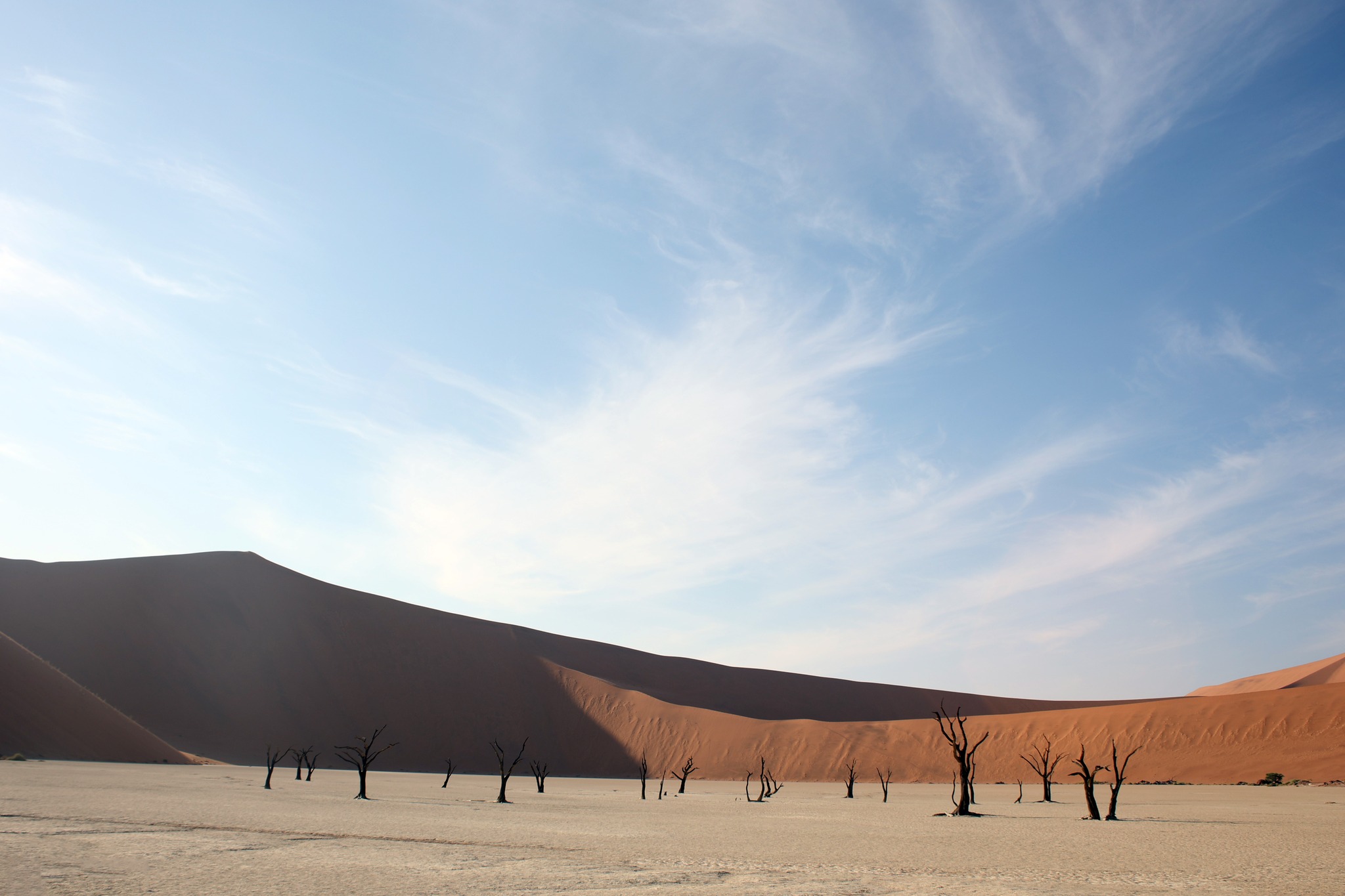
3. Mix the active ingredients
Let’s go for a hike in the desert. Said no one ever. Although the Namib-proper will kill anyone foolish enough to cross it on foot without enough water, there are some fantastic hiking trails in wild areas on the desert edge. One of these is the Namib-Naukluft Mountain Zebra National Park, a less-visited gem. We found camping here to be very peaceful, except in the mornings when raiding baboons created mayhem second to none. Namibia’s longest and toughest multi-day trail (no, it’s not the Fish River) runs through the valleys in this park. Various day-hikes are also on offer, such as the 12 km Olive Trail we opted for. Traversing beautiful mountains and then descending and following a narrow valley flanked by cliff faces, the trail is certainly not an easy one. However, our efforts were rewarded with spectacular views, unique geological features, and a sense of solitude that can only be found in Namibia’s wild places.


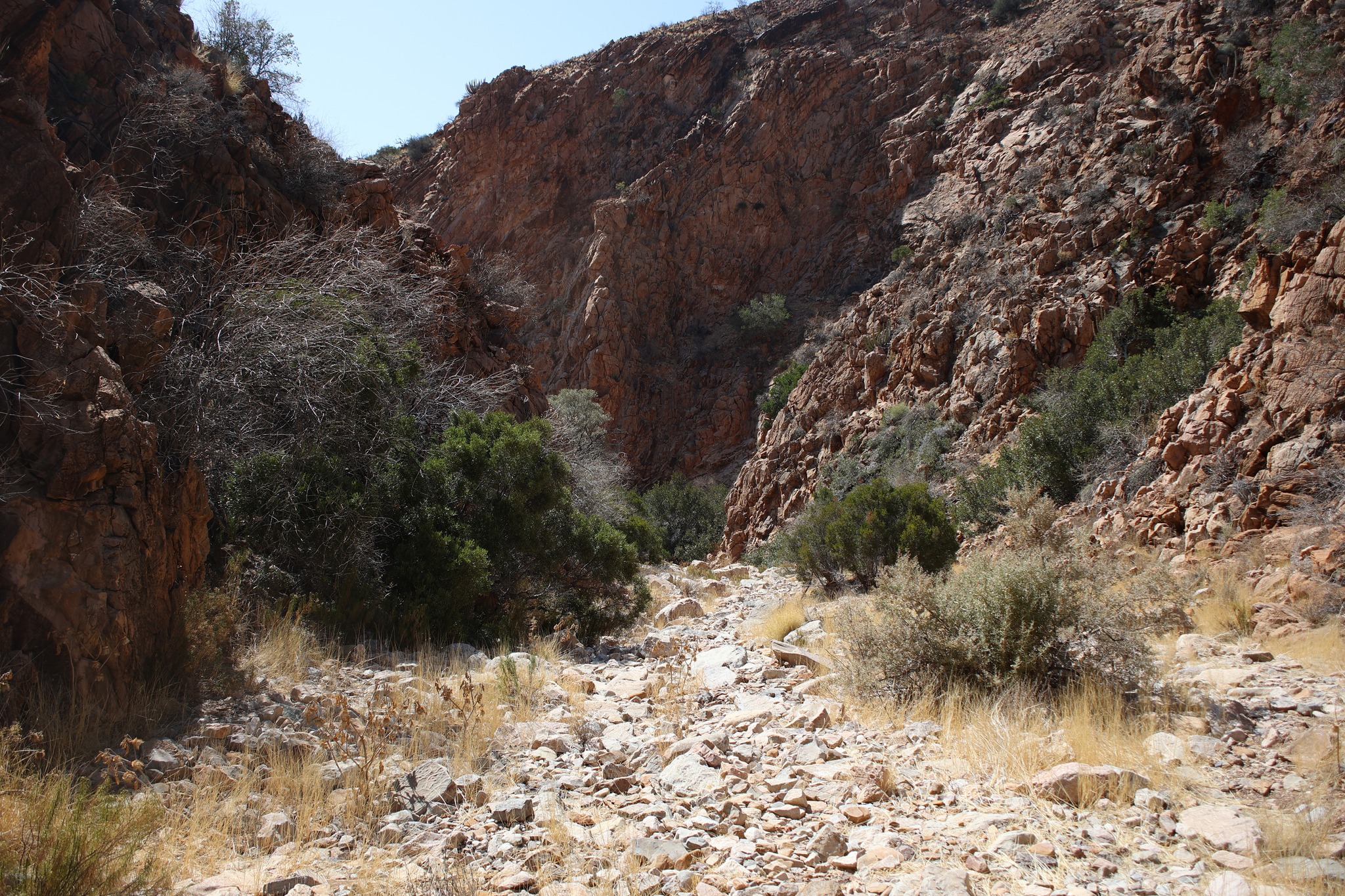
4. Bake until golden
The surrealistic golden landscapes of Sossusvlei attract tourists and photographers from around the globe. It is busy, but for good reason – where else can you walk through a forest that had died during the same time as Europe’s plague in the 1300’s? From Dune 45 and Big Daddy (some of the world’s highest sand dunes) to the dramatic Deadvlei, this is a place where you cannot but wonder. The desert is also alive with creatures of all sizes. We marvelled at a shy brown hyena, pronking springbok and small wonders such as the Namib desert beetle – a small creature that collects water from early morning fog through the bumps on its back. In the NamibRand Nature Reserve we were lucky enough to have many beautiful desert creatures visit our campsite. A hunting Cape fox, curious oryxes, hundreds of drinking Namaqua sandgrouse and shy bat-eared foxes all came to the party.

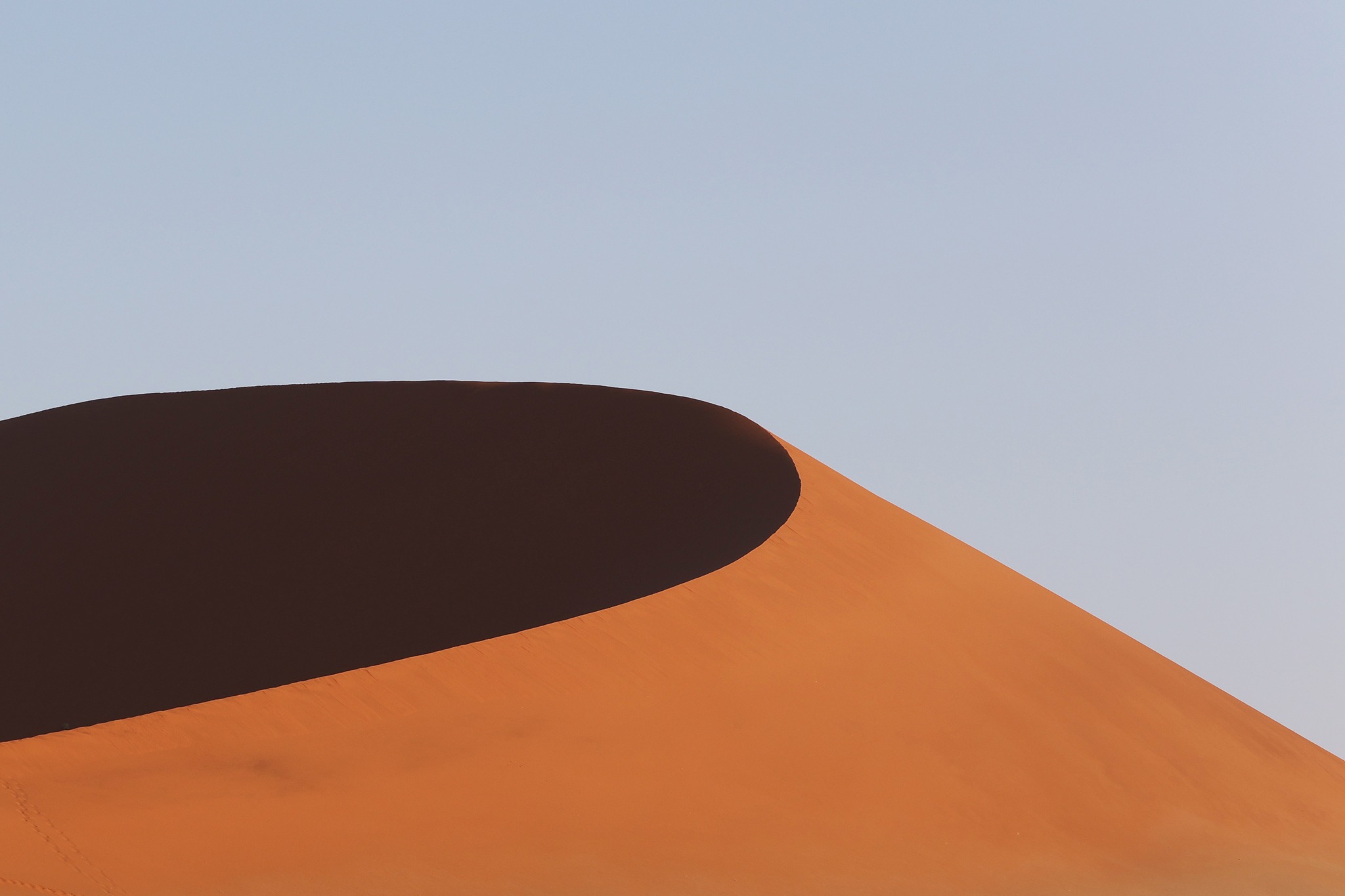
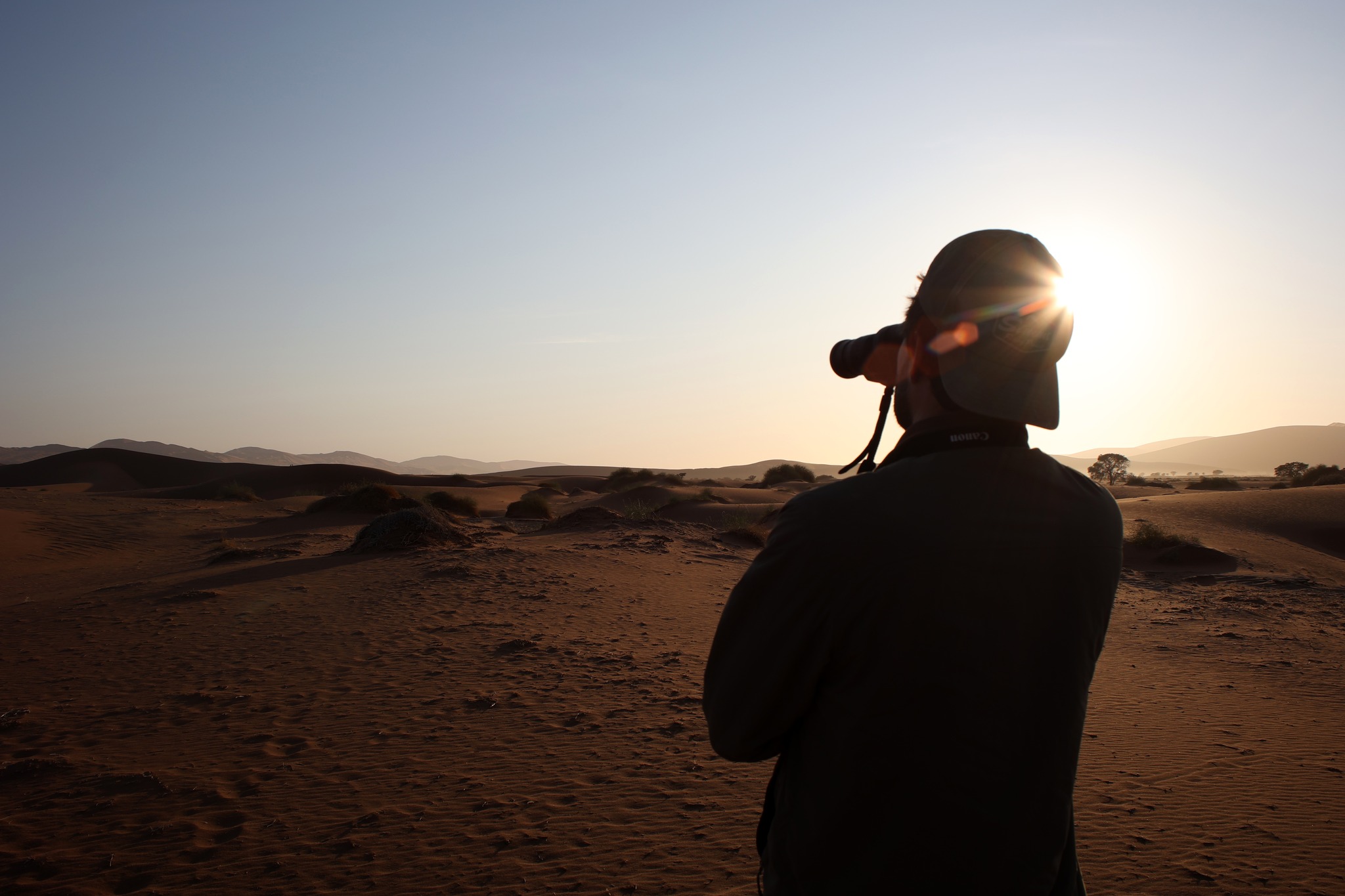
5. Serve hot and enjoy!
The desert hides many secrets – from the many forgotten tales of those who perished there in search of diamonds to creatures that researchers are yet to discover. During the day heat waves simmer quietly as the red dunes hide many-horned adders and Namib-sand geckos. At night the coldness settles like a blanket while a million stars watch over your campfire. The Namib desert is indeed a place of dramatic contrasts and of intense beauty, and we cannot wait to be back for a second helping.
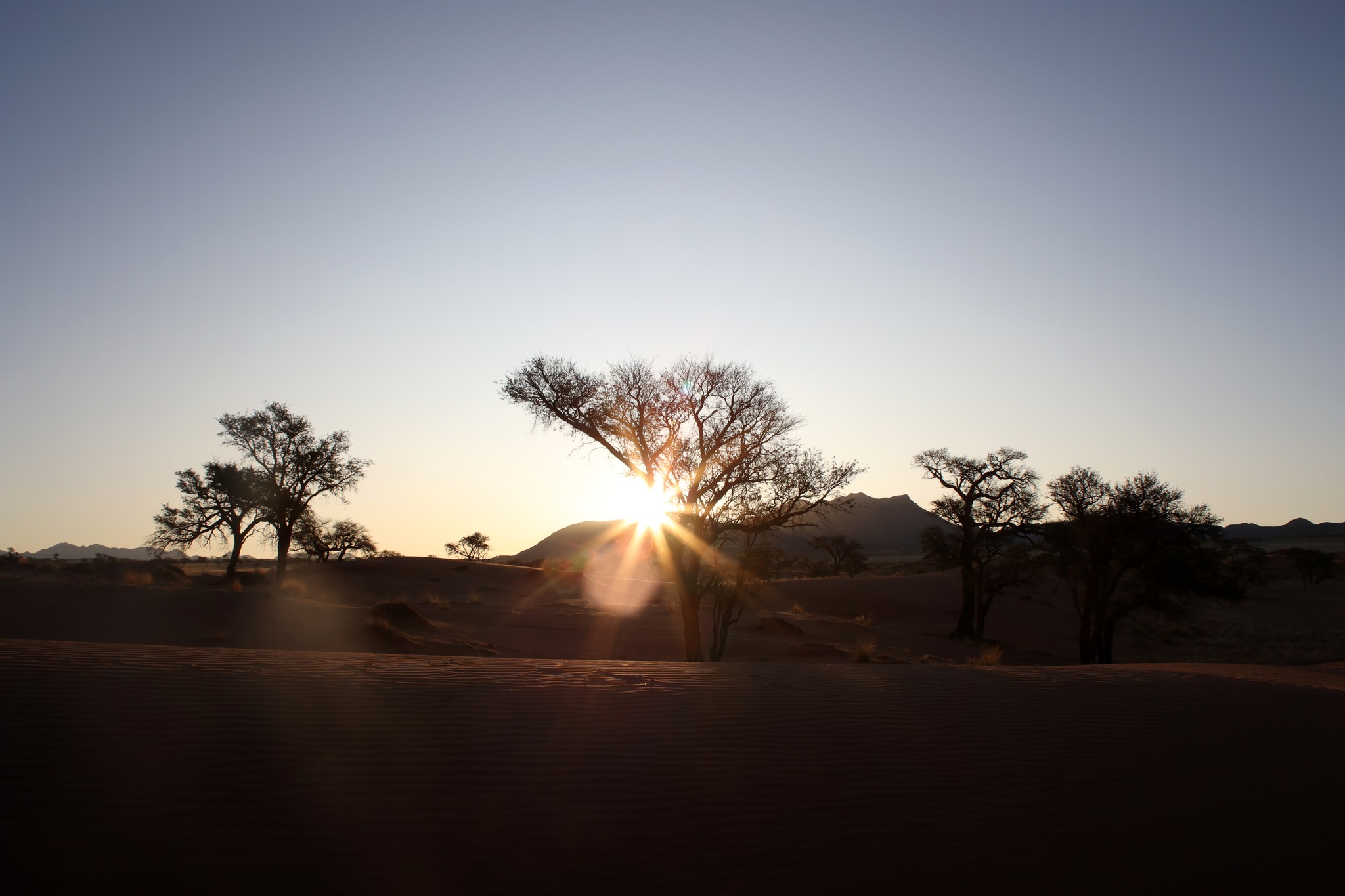


Some helpful trip information:
Swakopmund camping with wi-fi: https://altebrucke.com/
Coffee for the win: http://slowtowncoffee.com/
Calamari to die for: https://lighthousegroup.com.na/jetty-1905/
Naukluft Zebra Park campsite and hiking trails: -24.2640, 16.2387
A camping gem near Sossusvlei: https://www.littlesossus.net/
NamibRand Nature Reserve remote campsites: http://www.nrfhideout.com/

